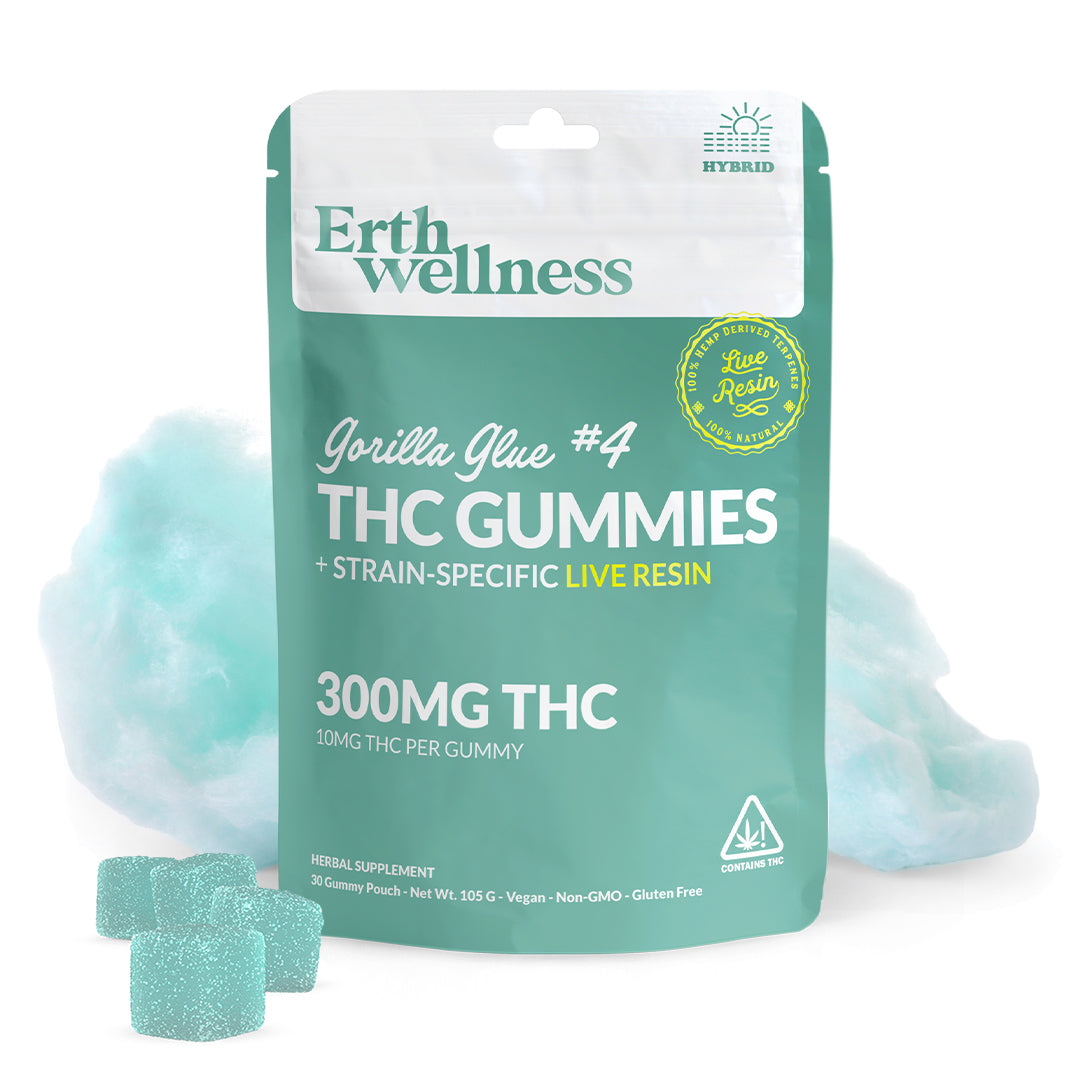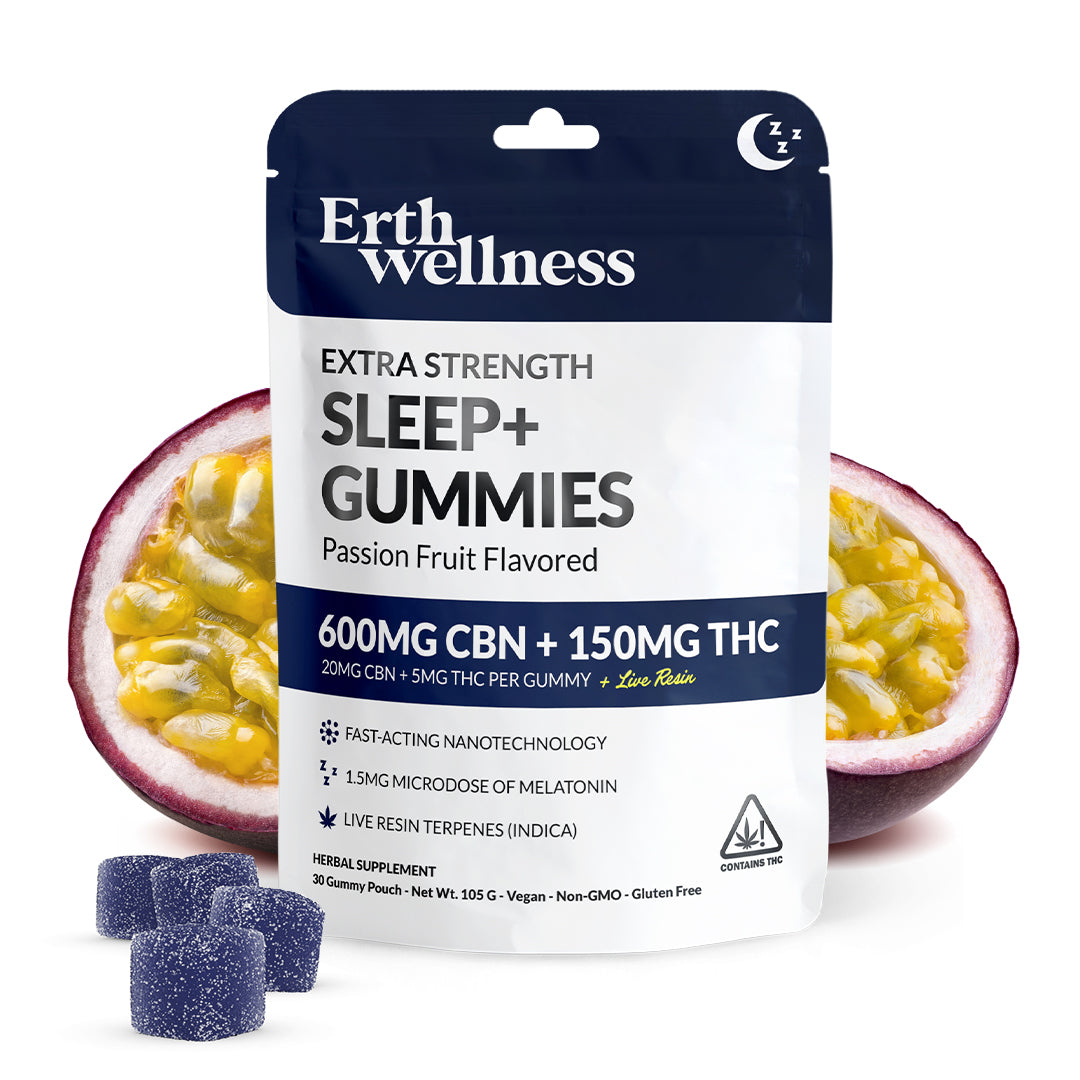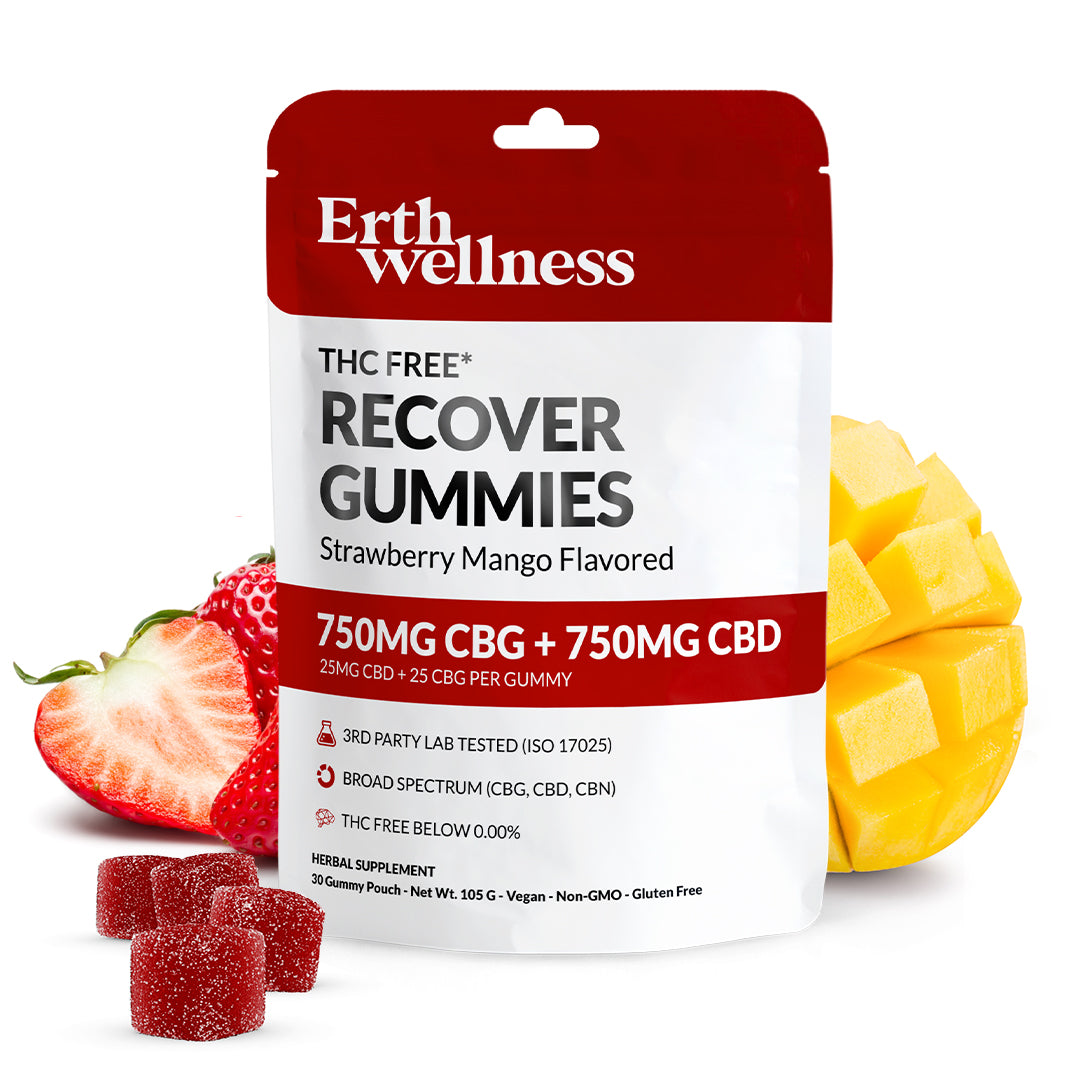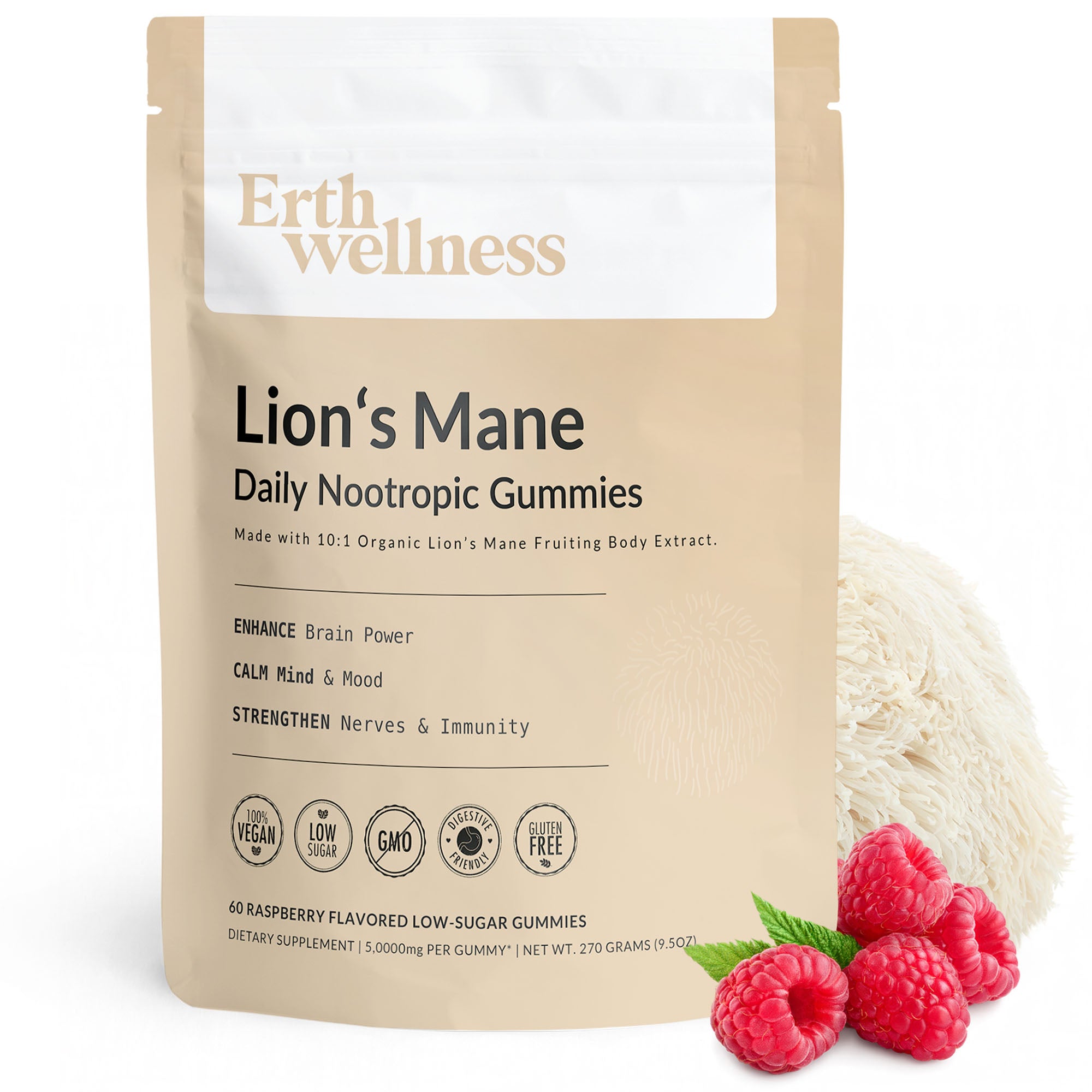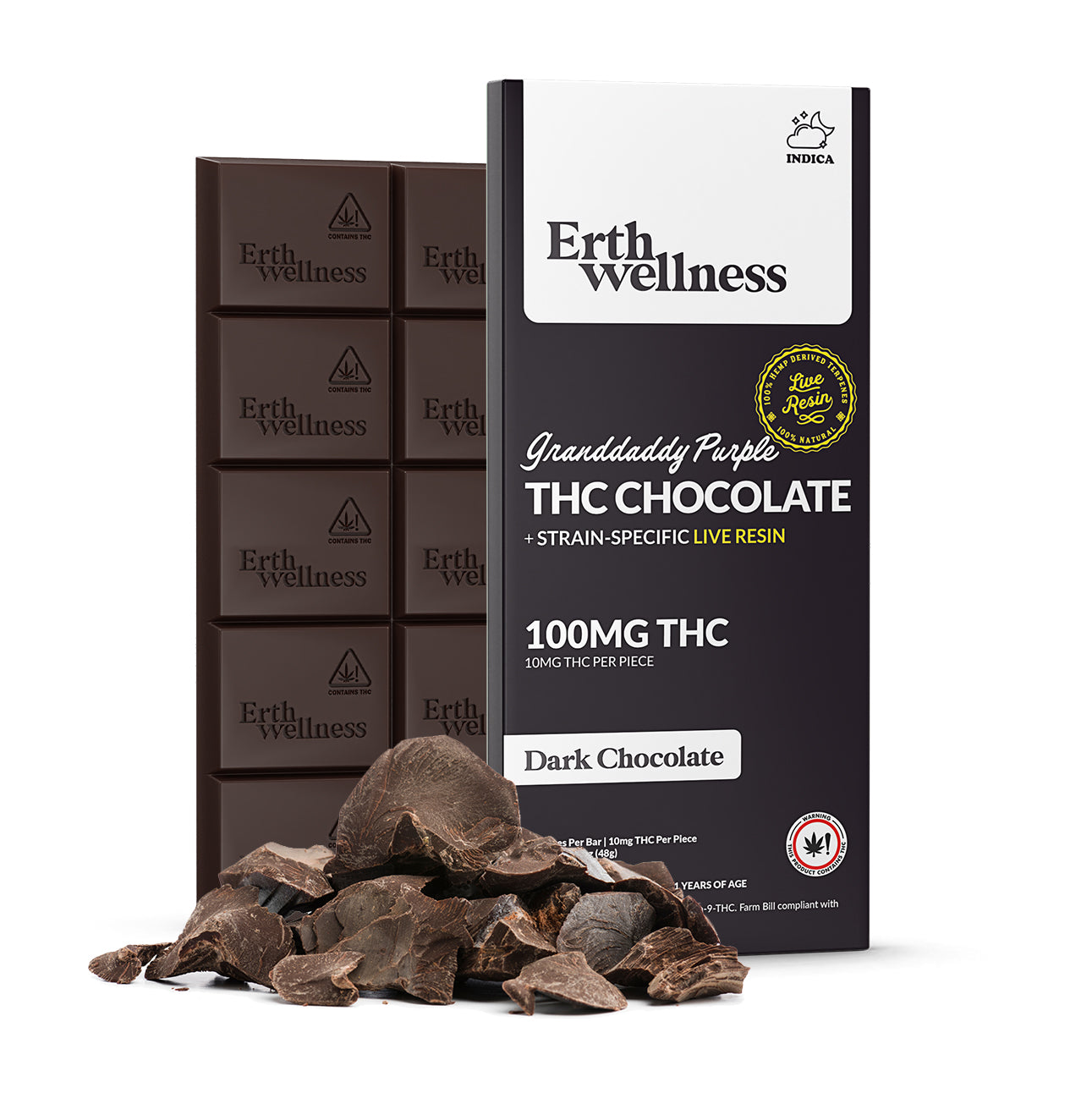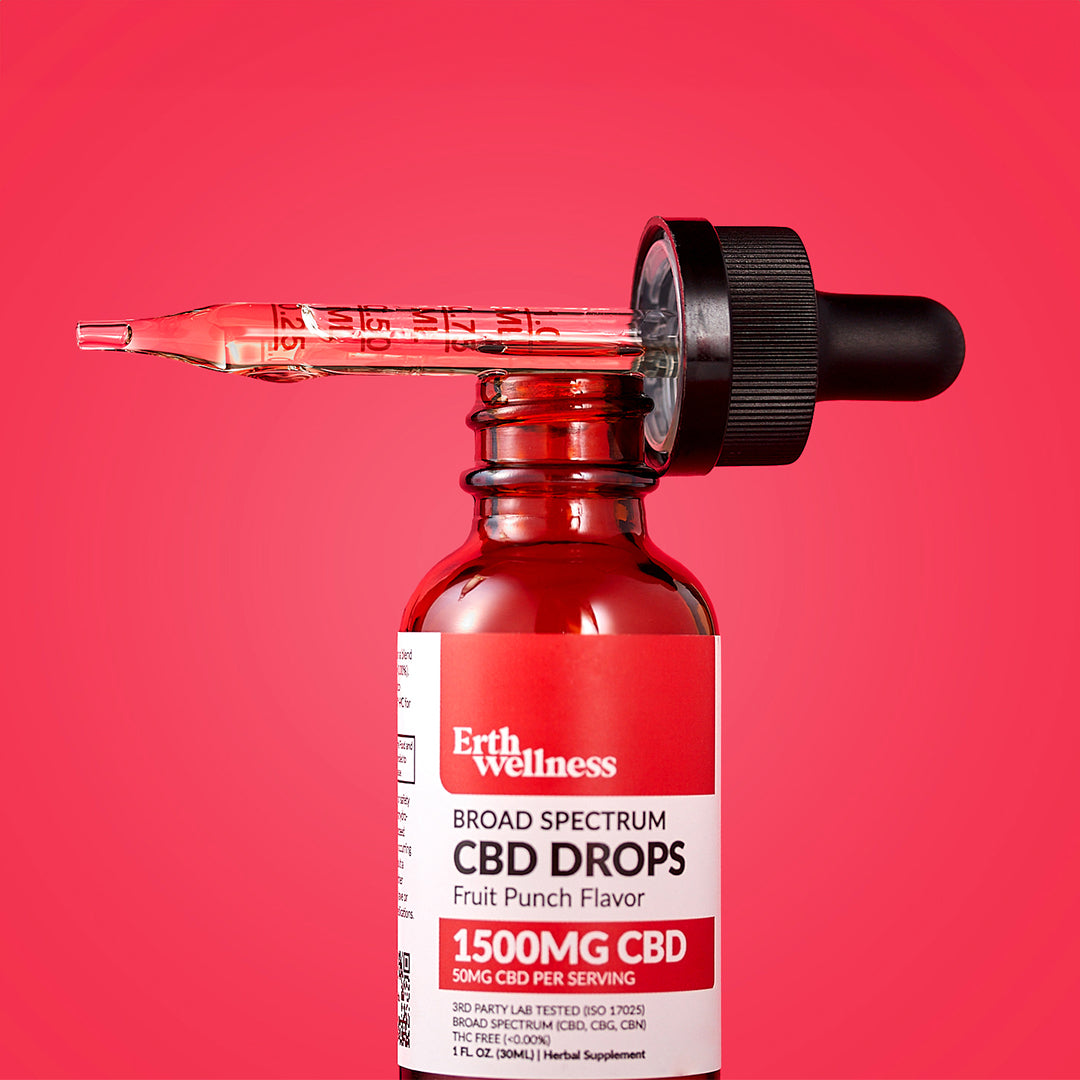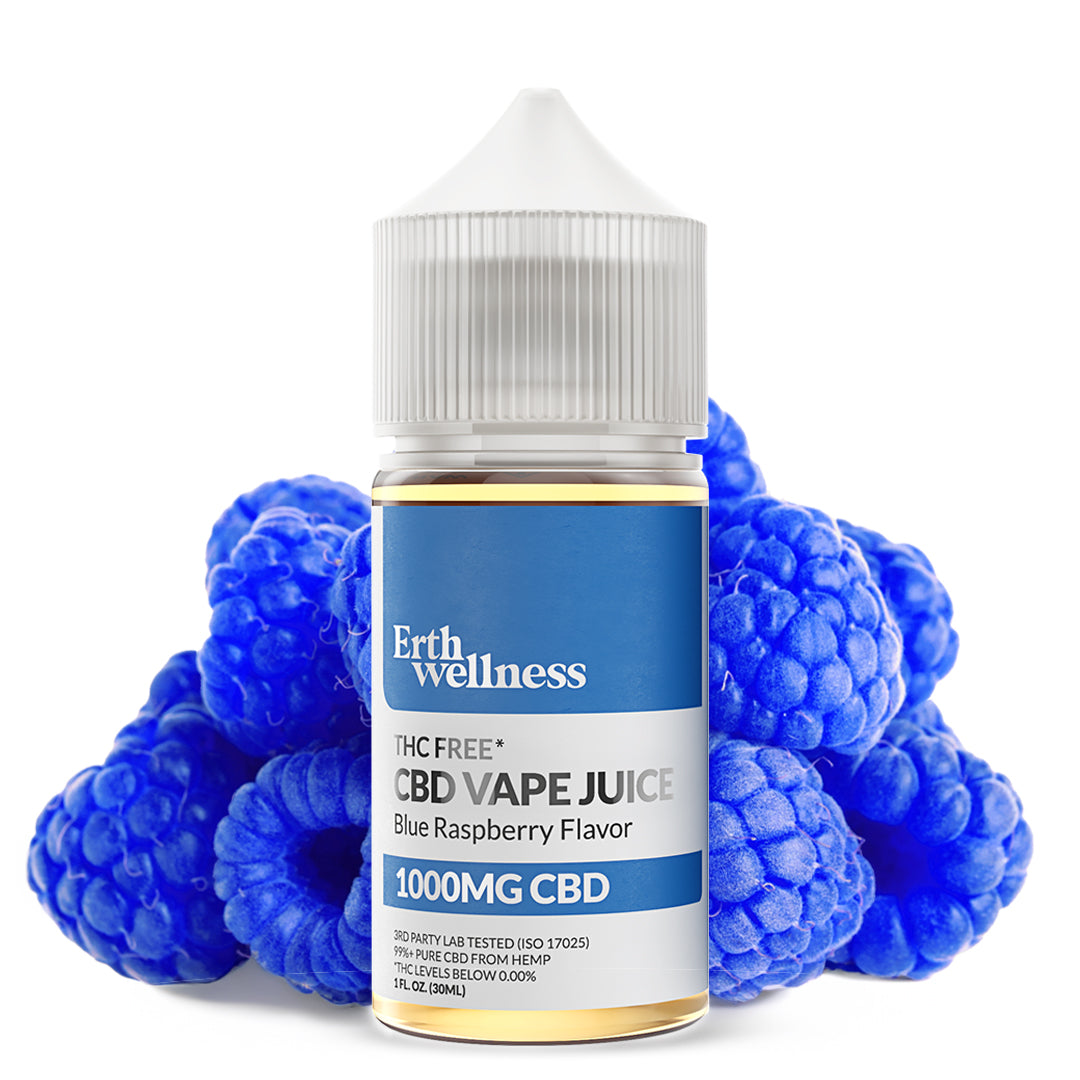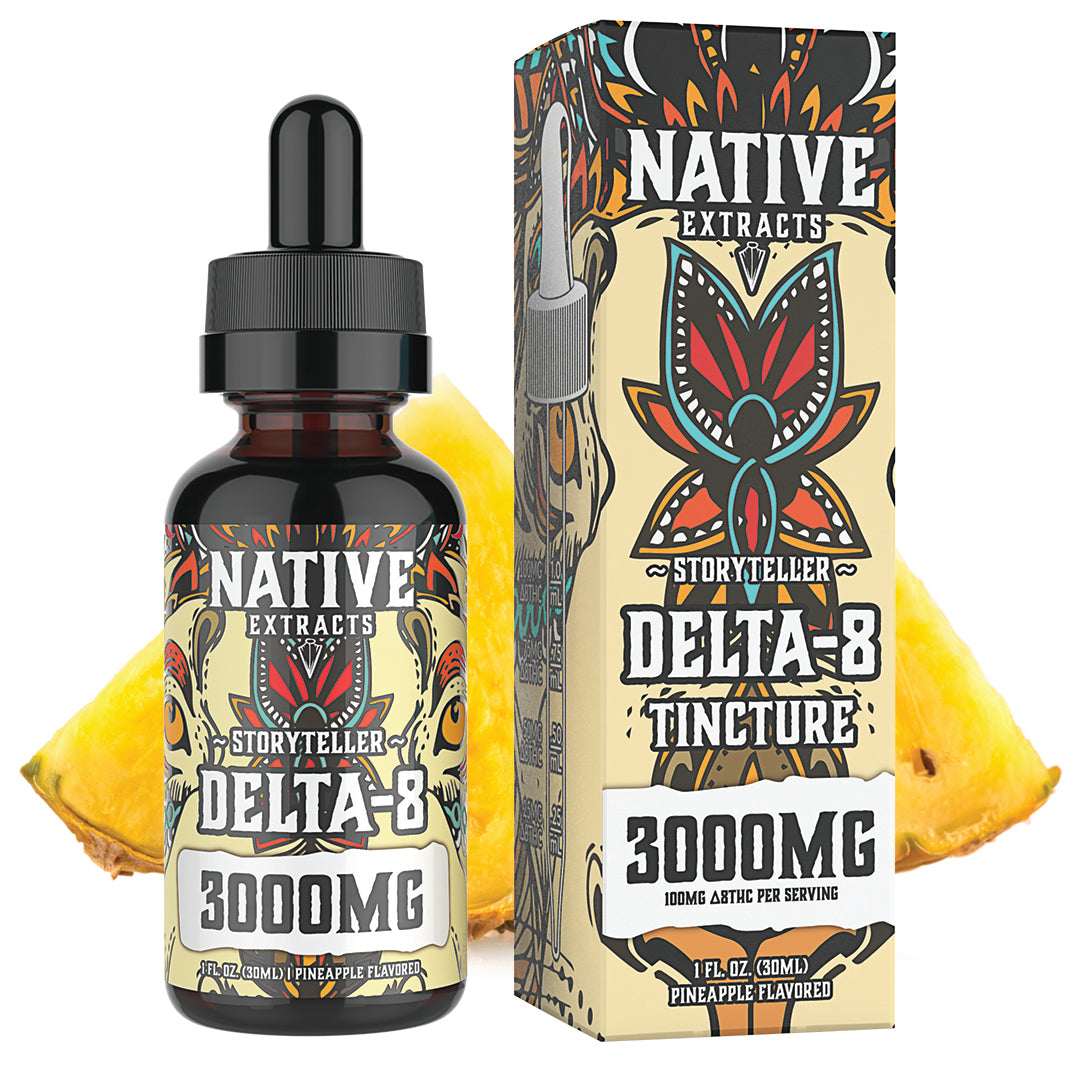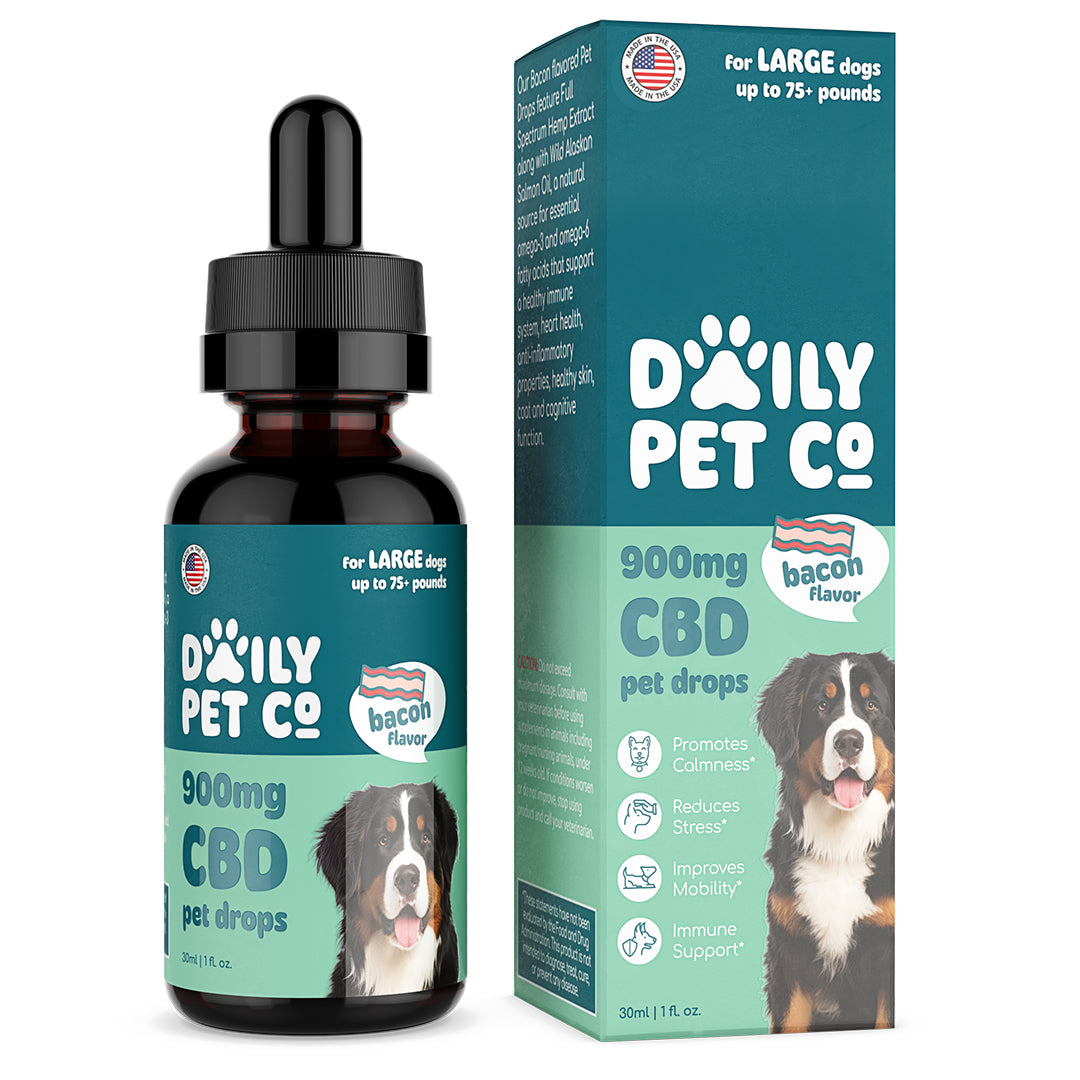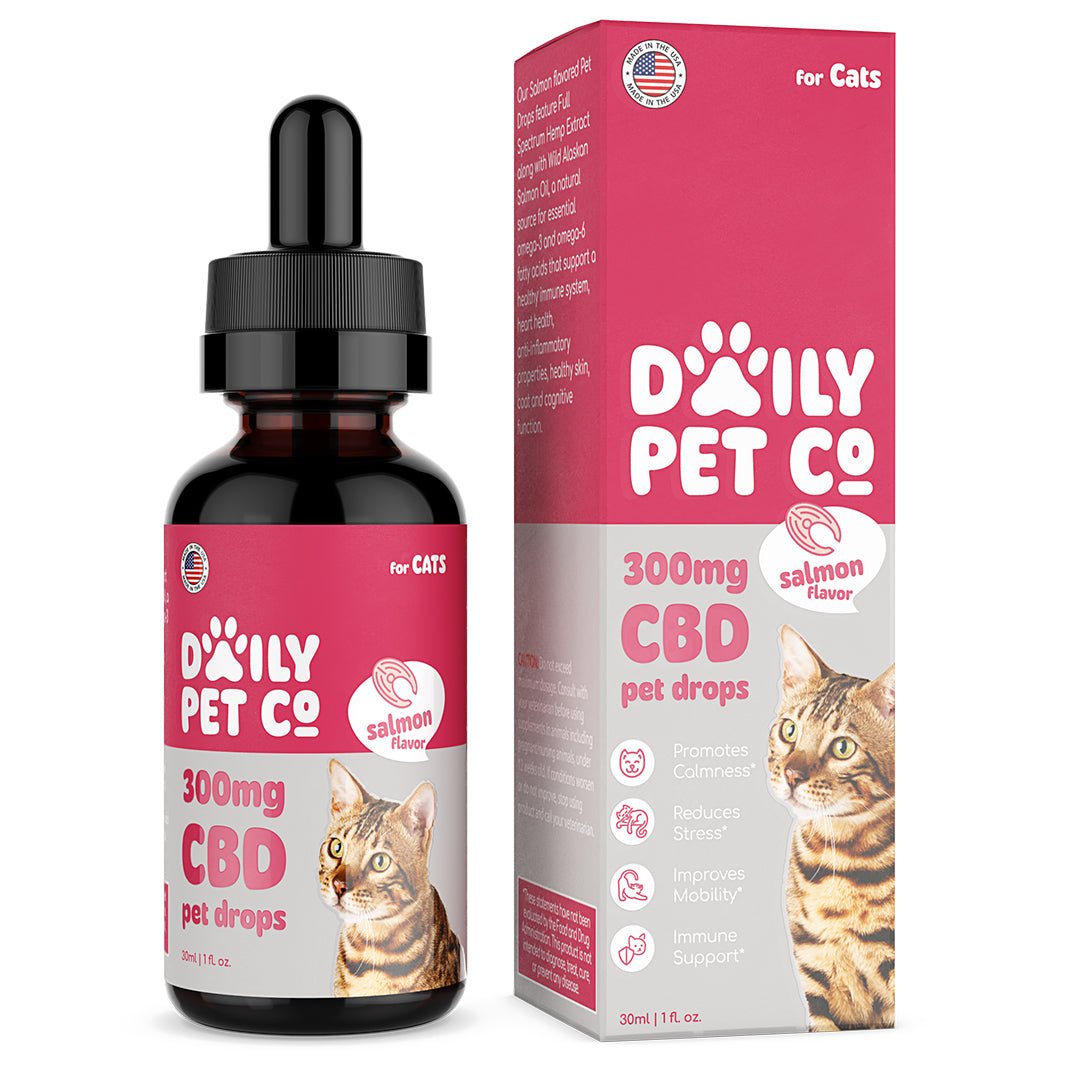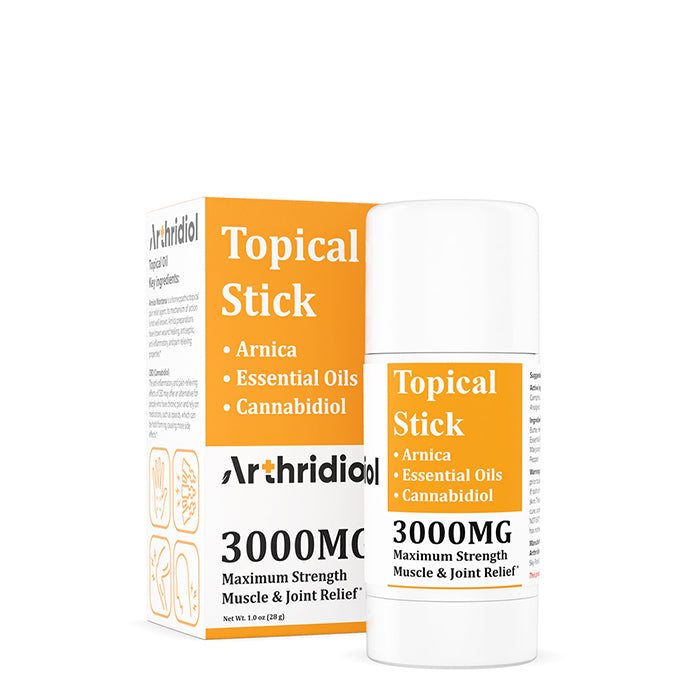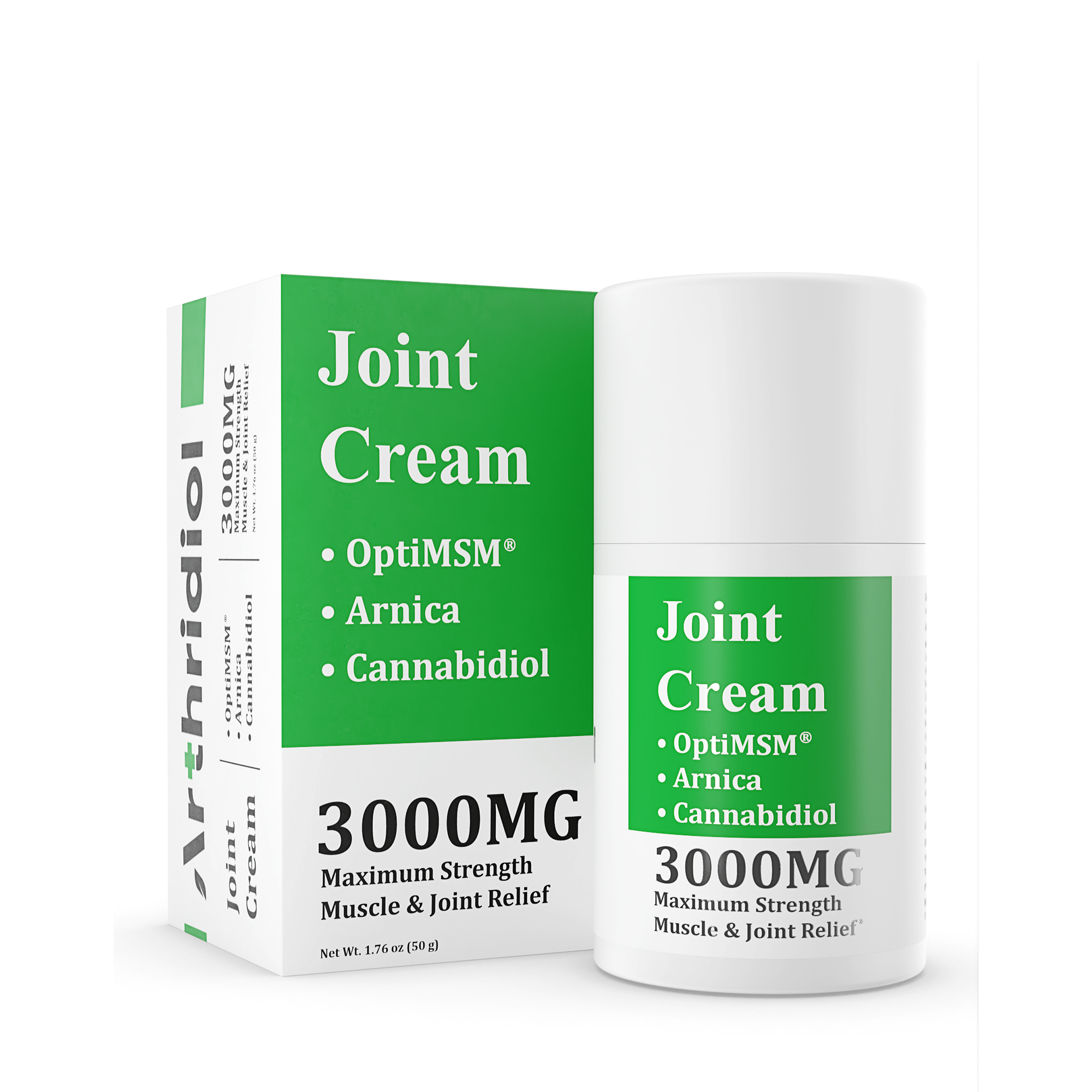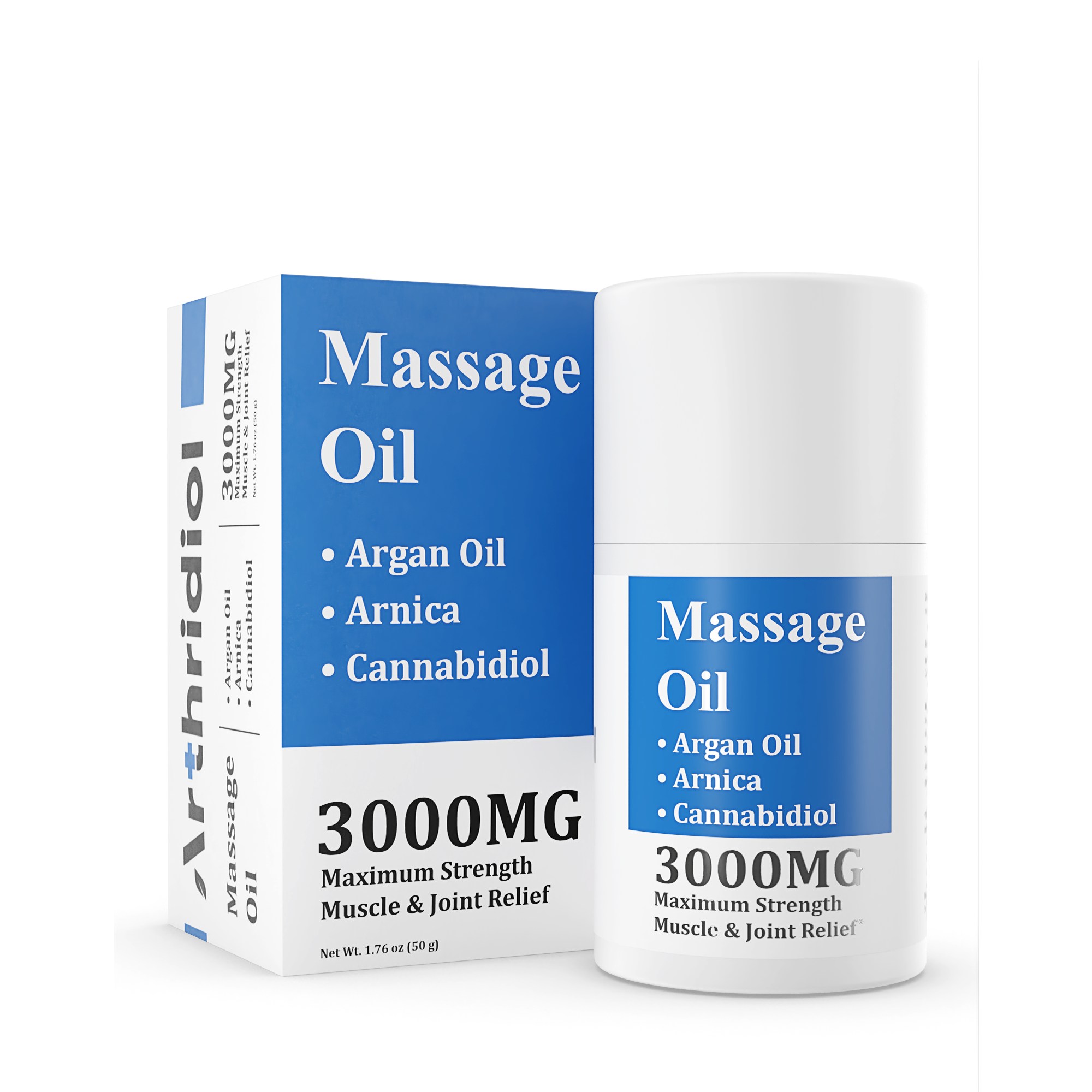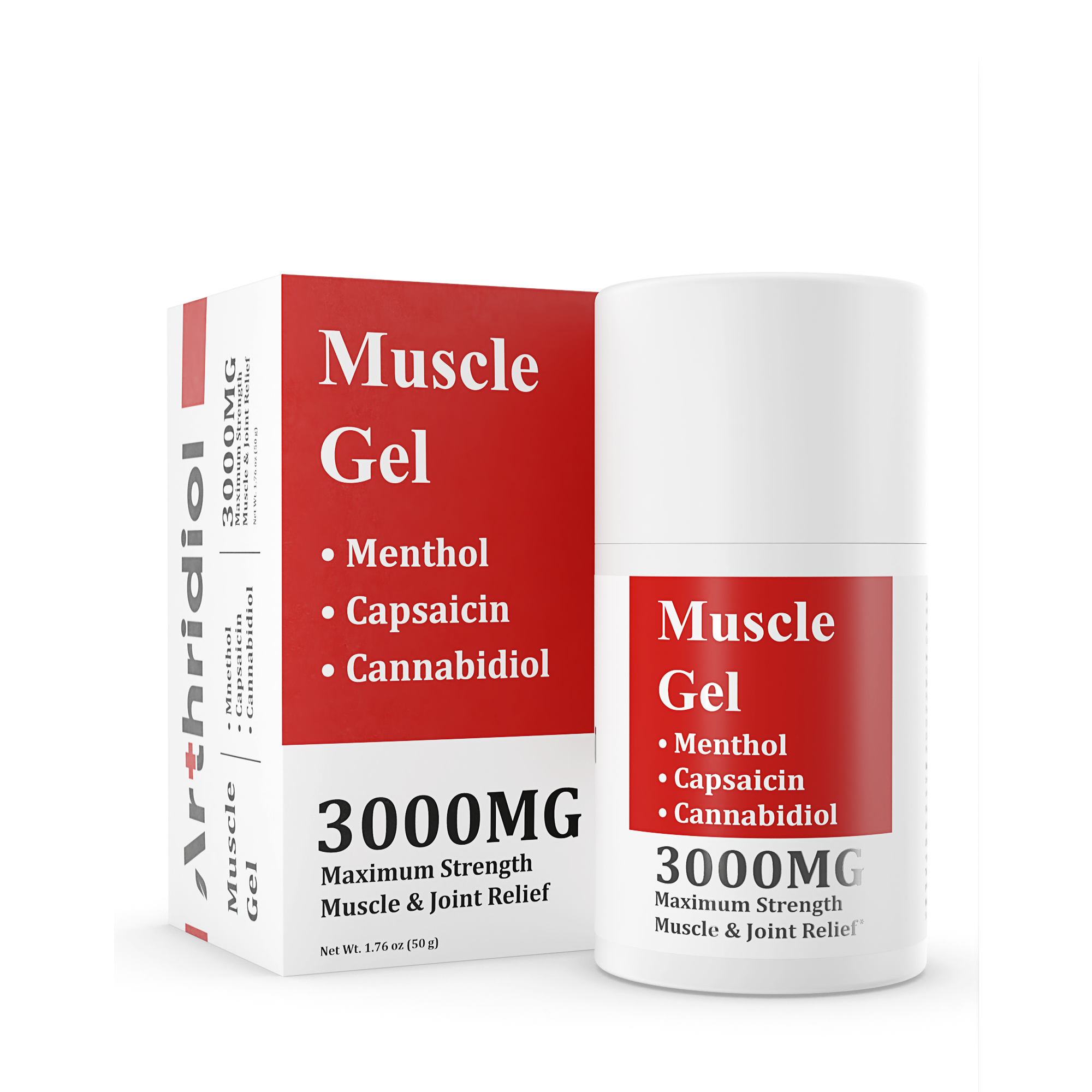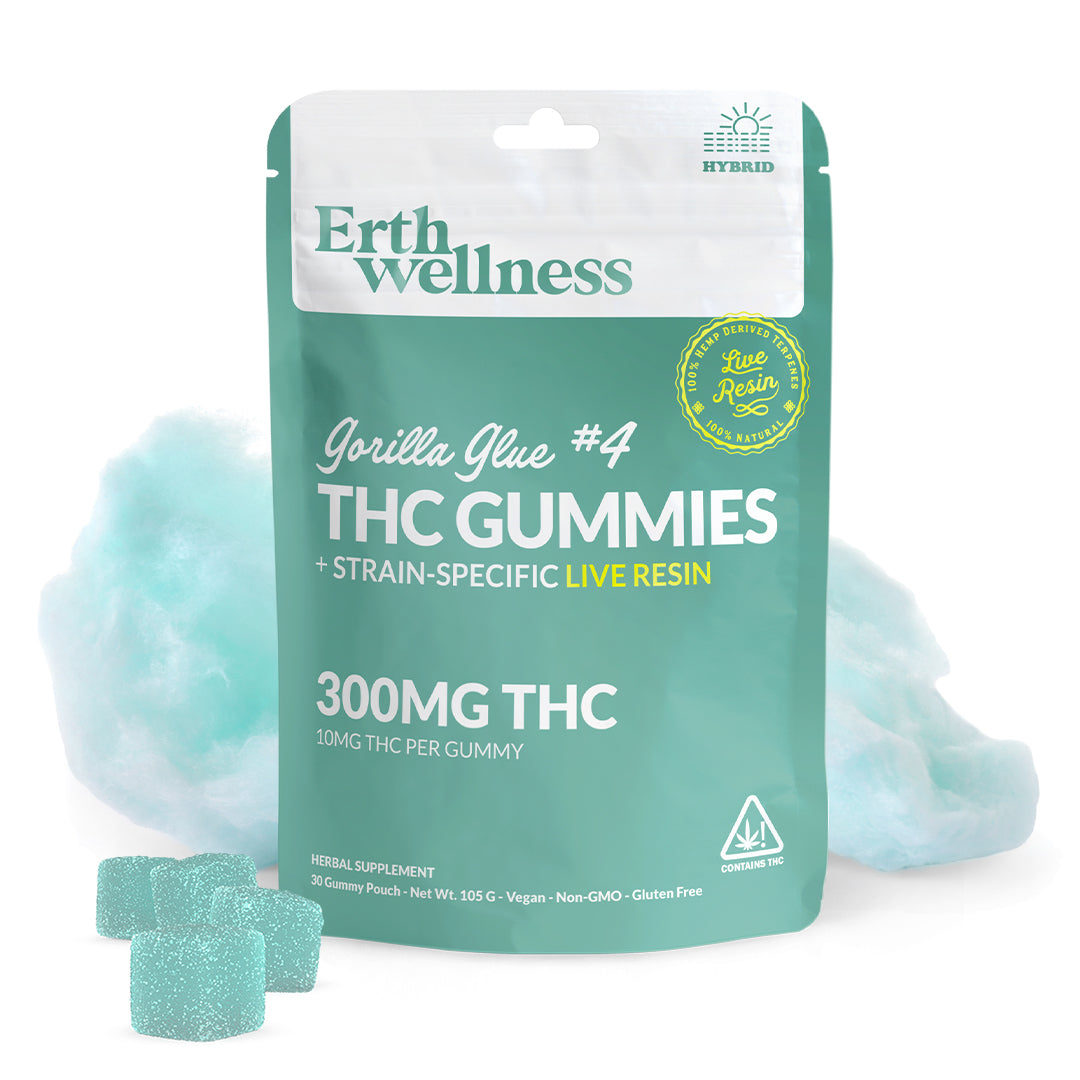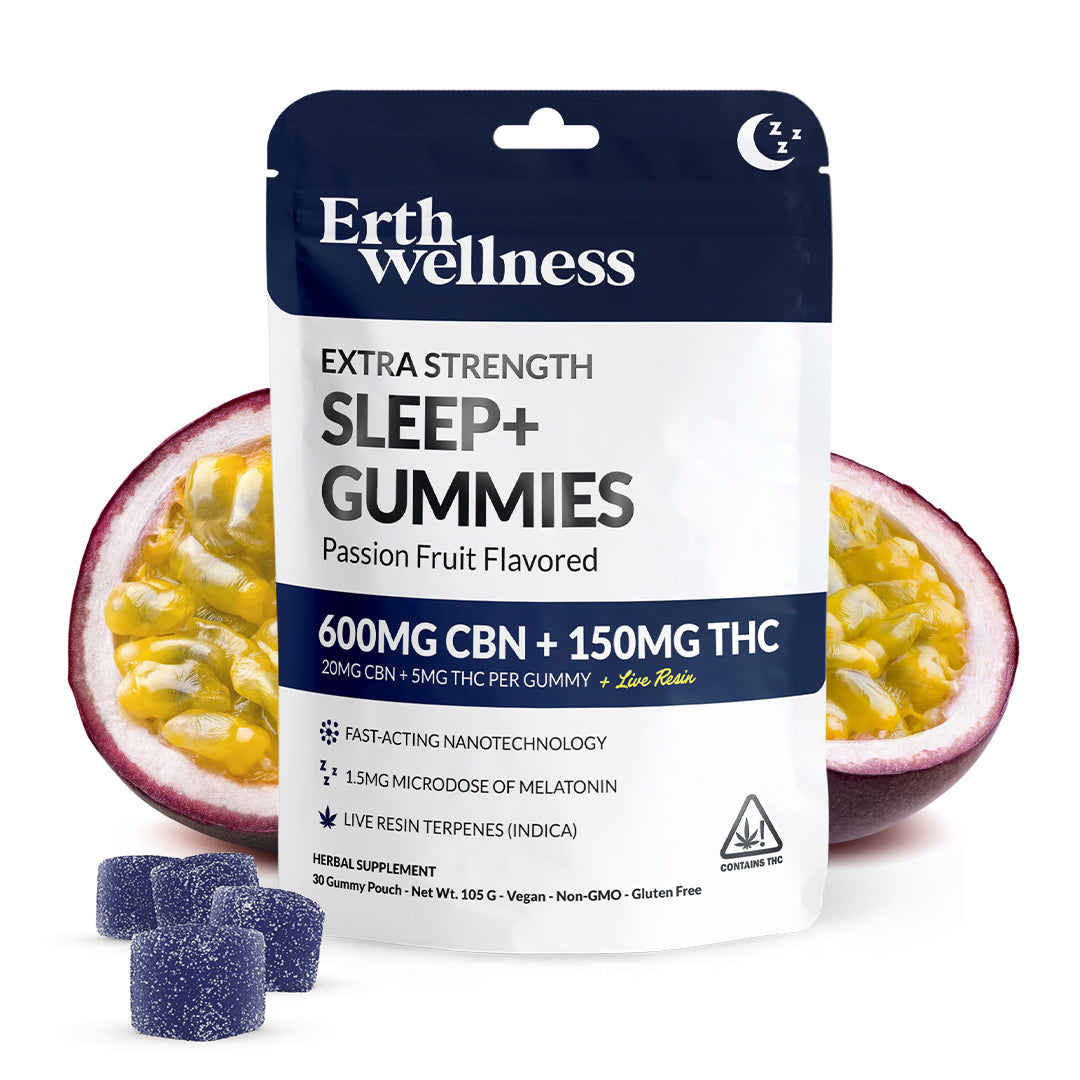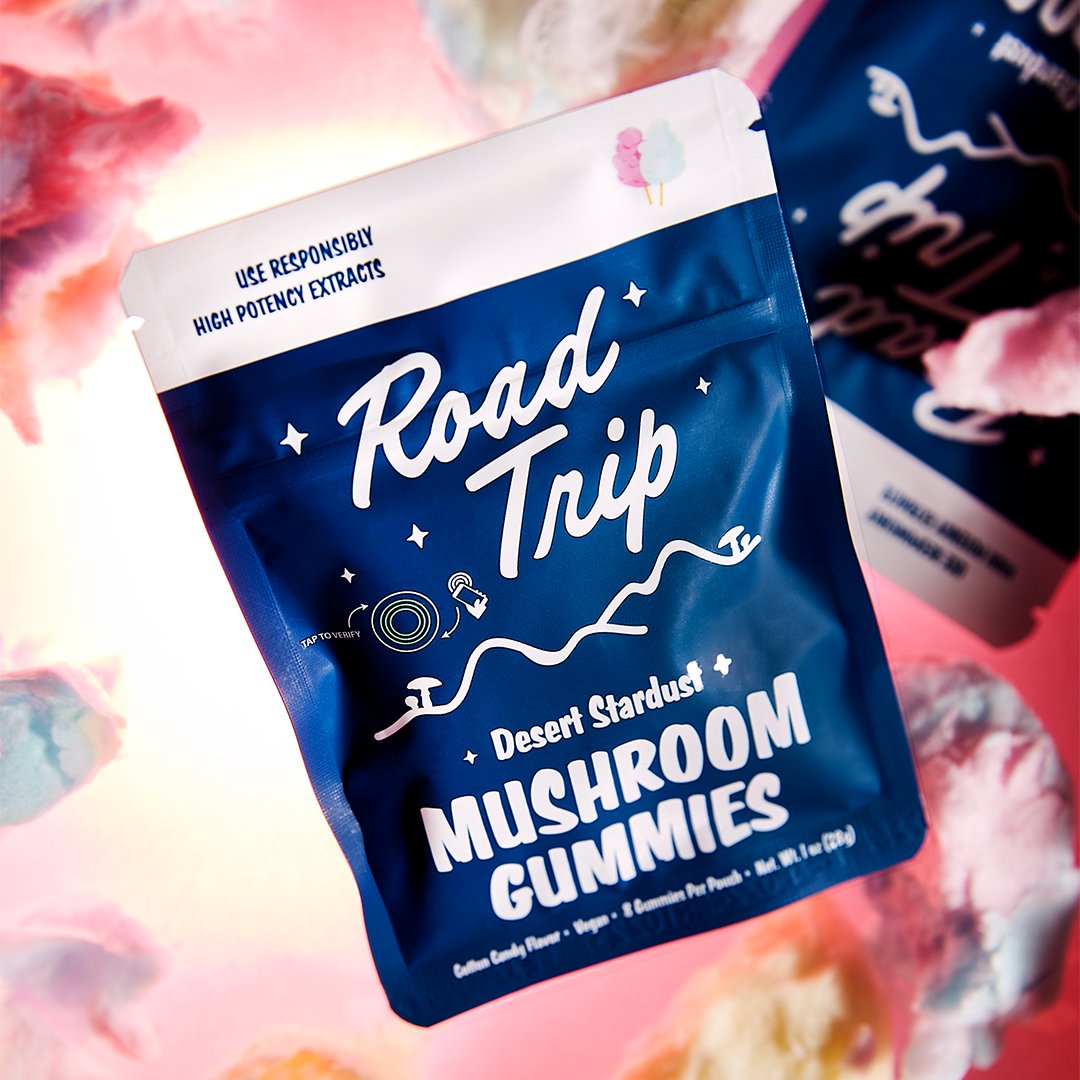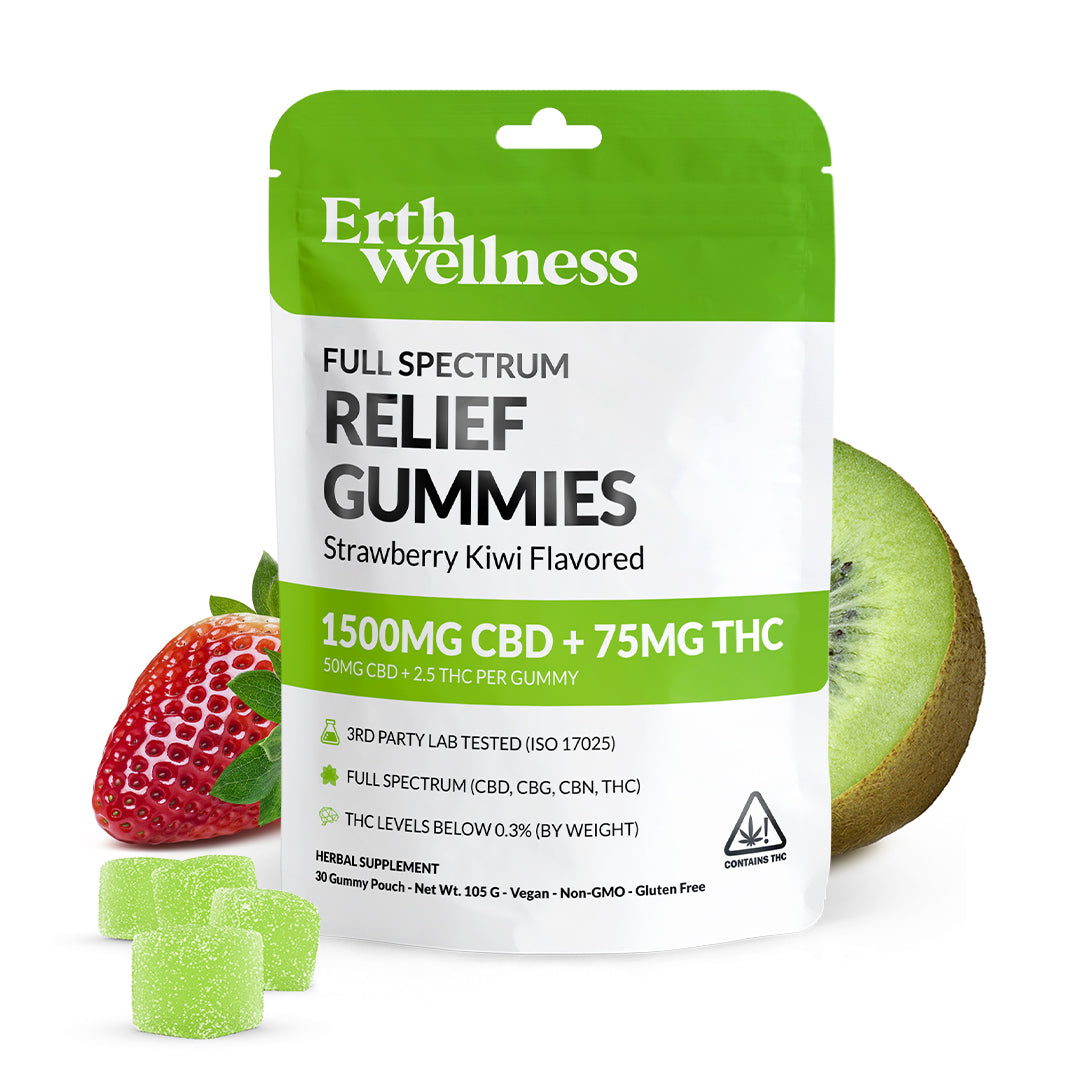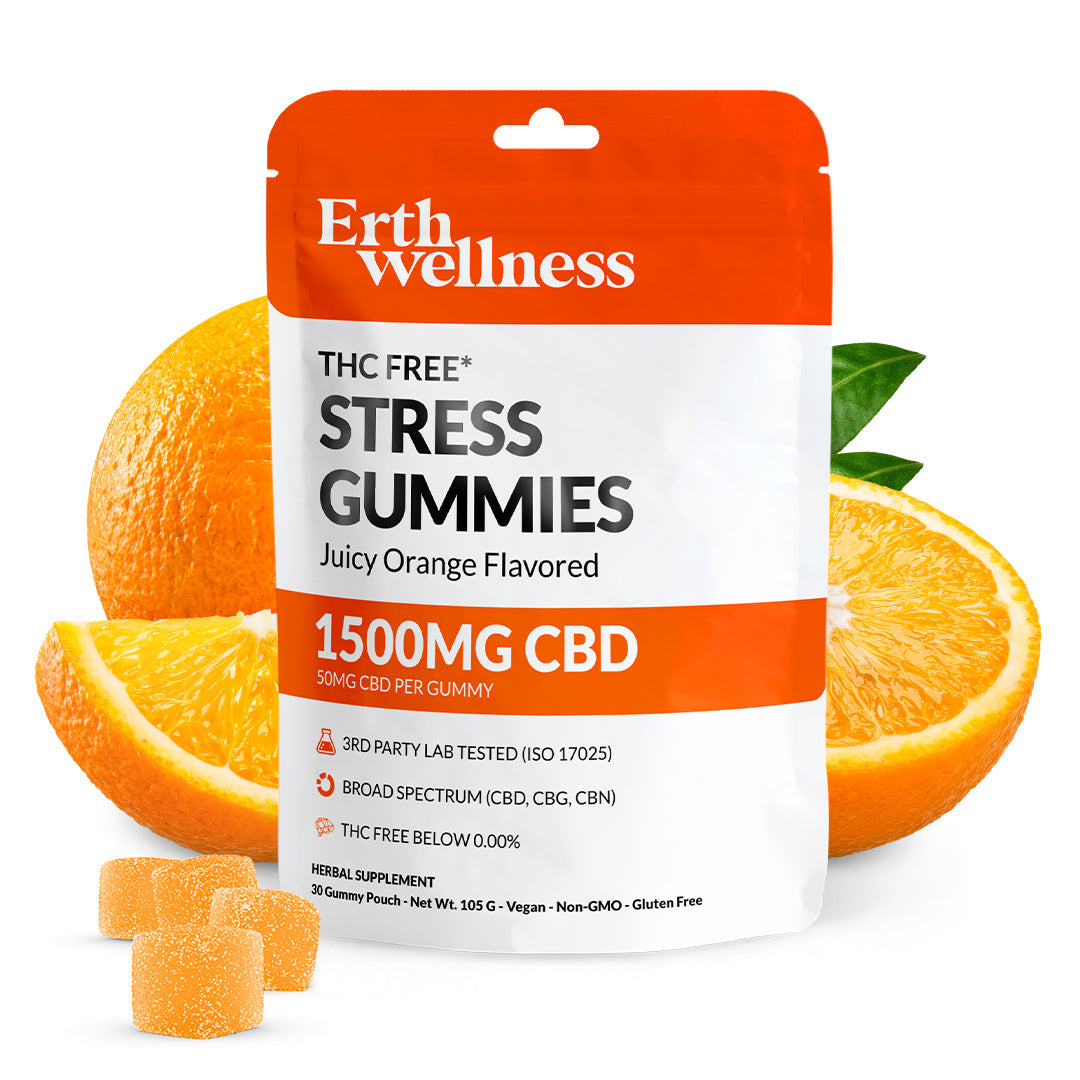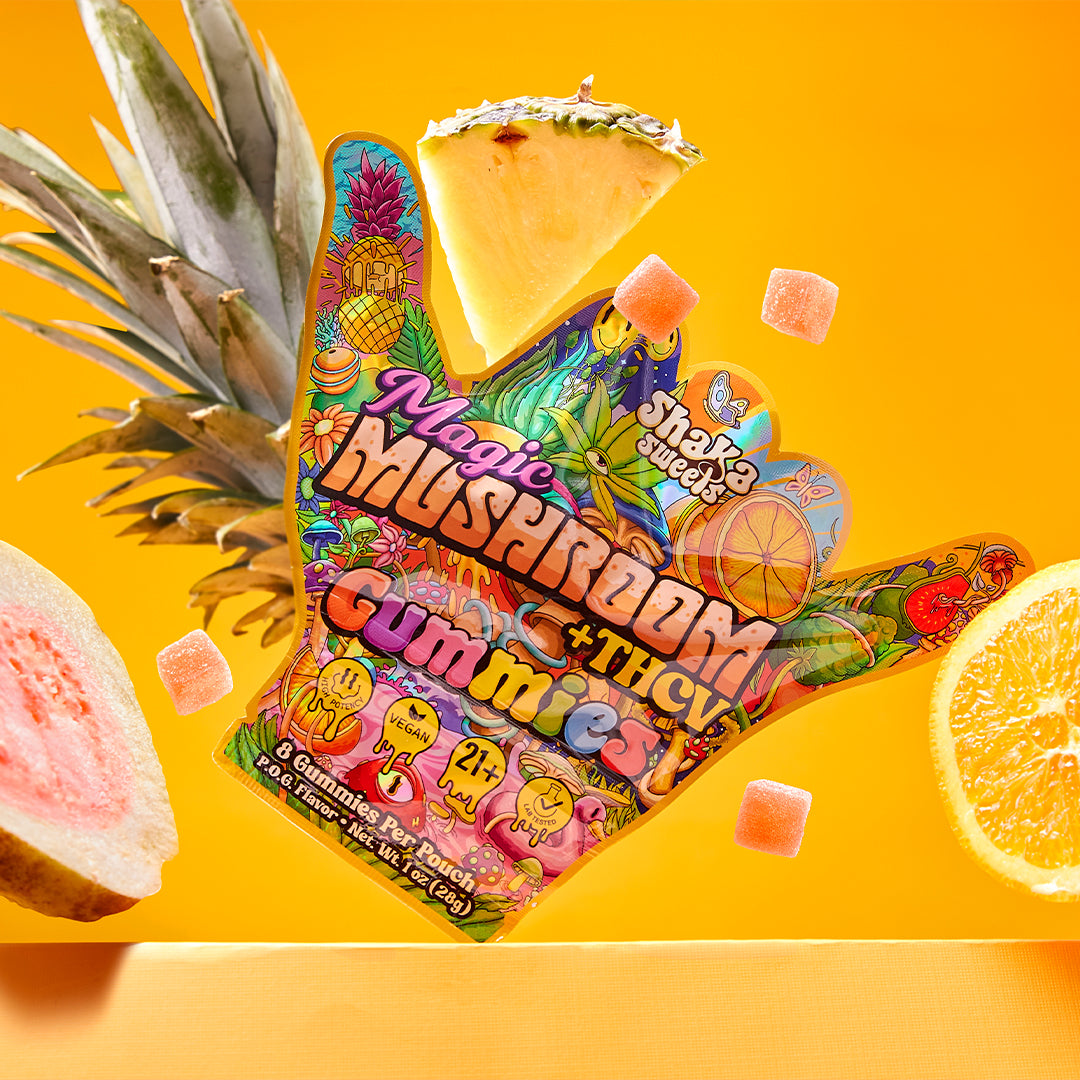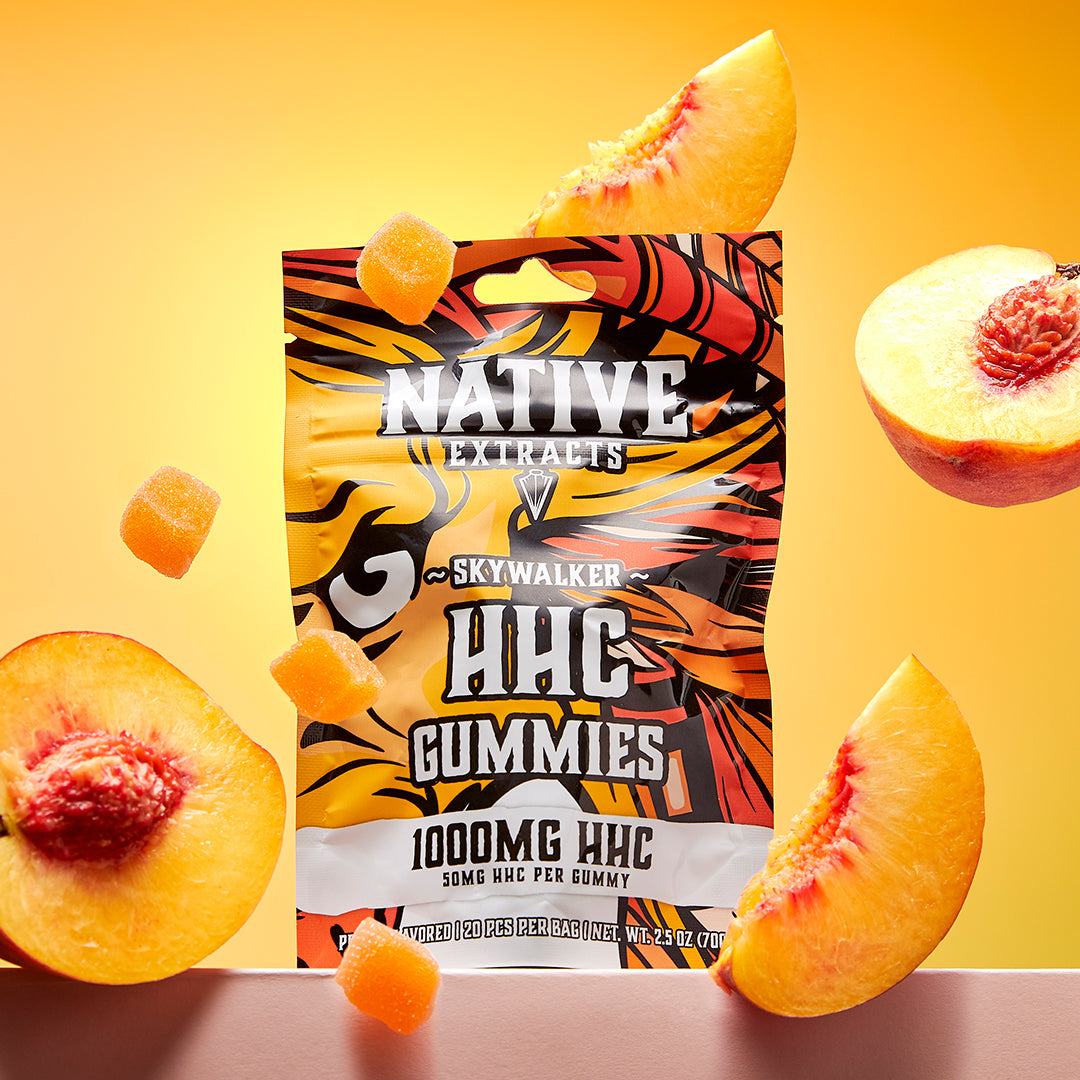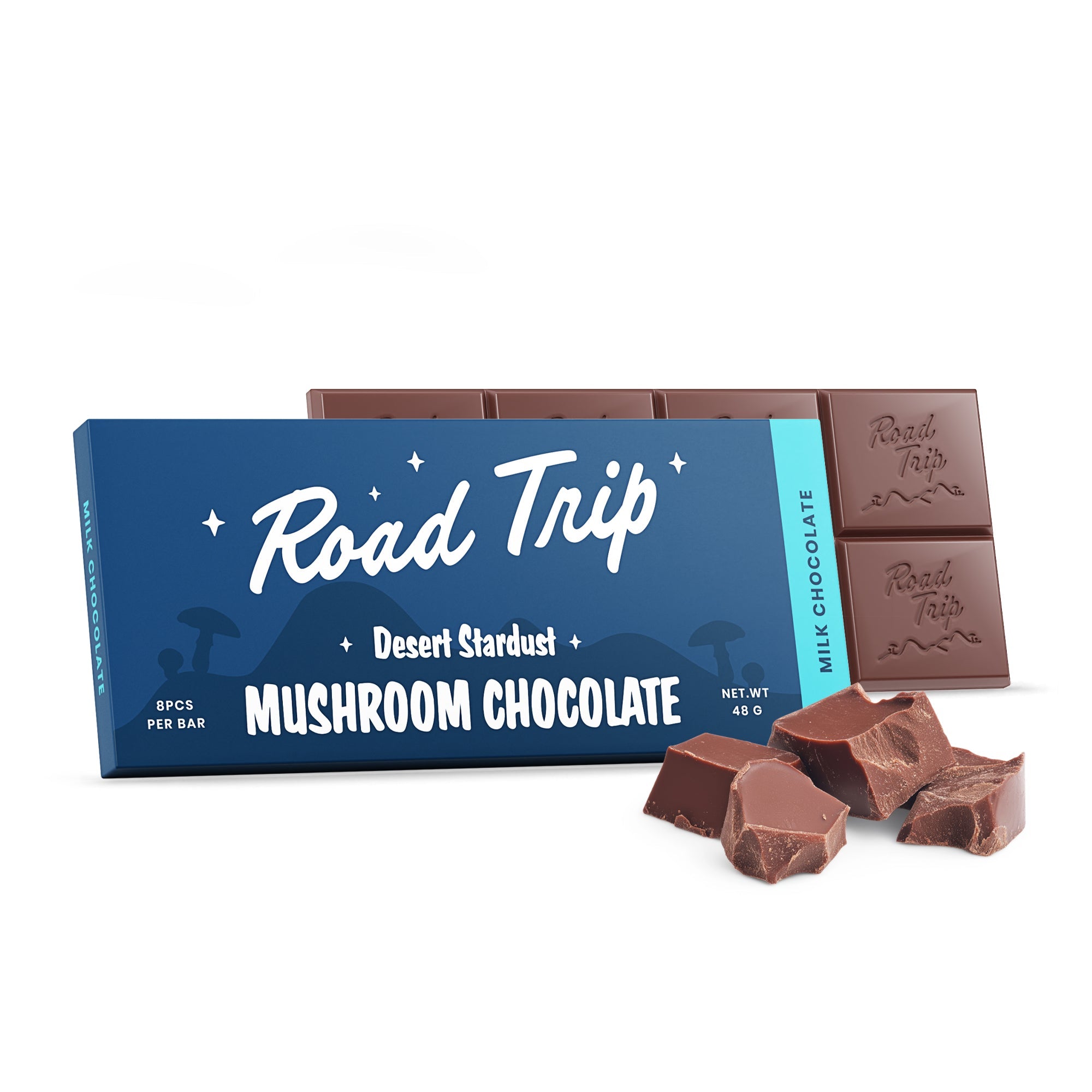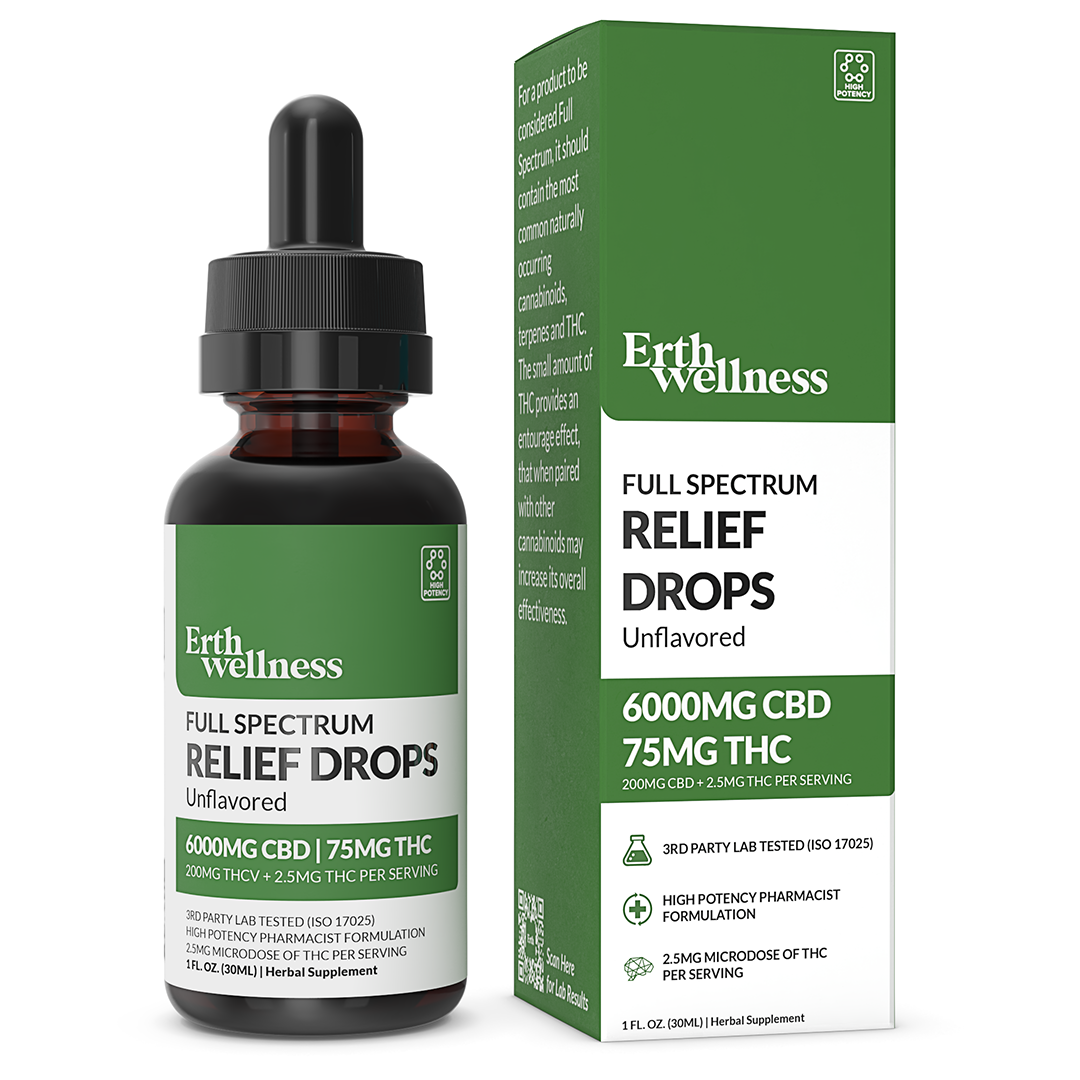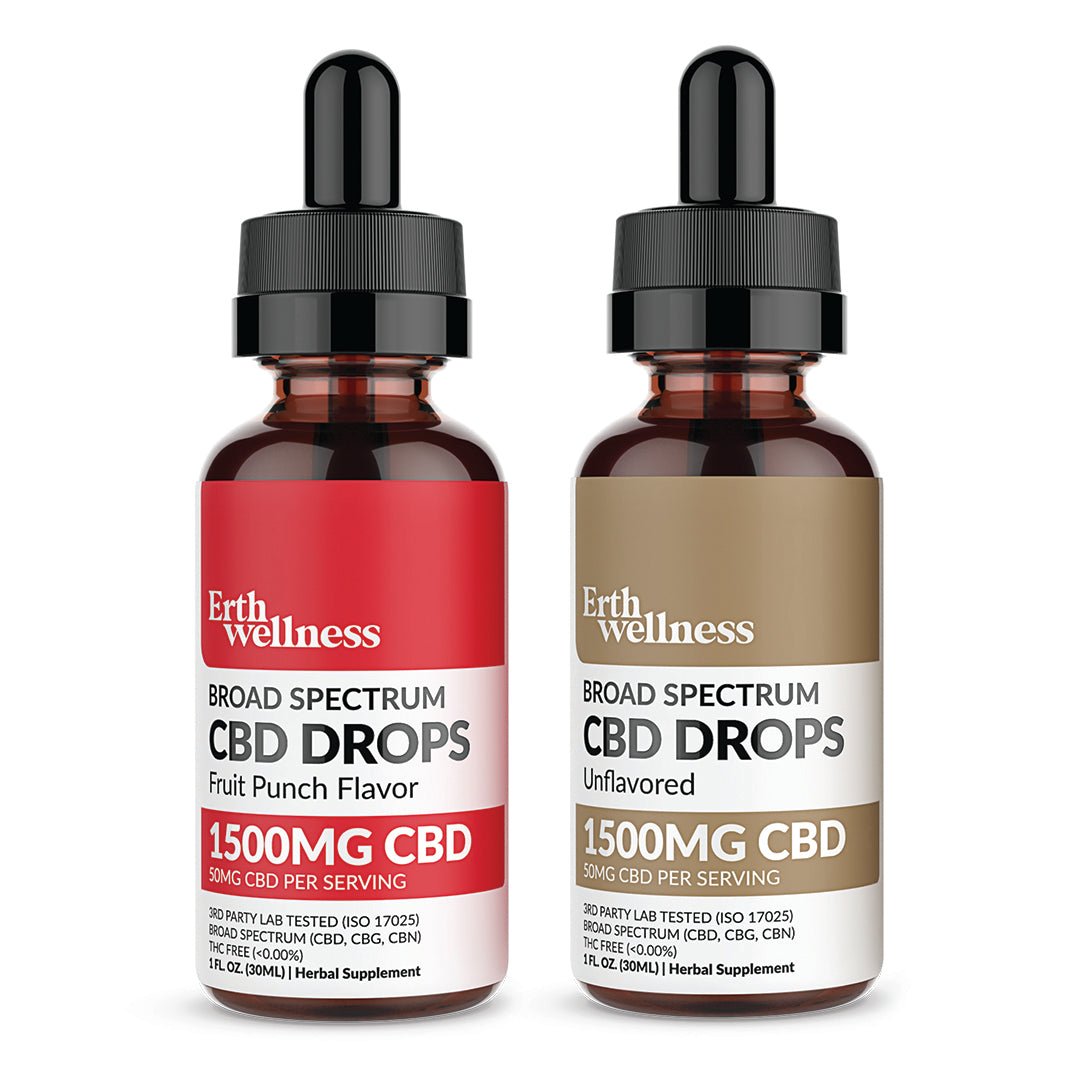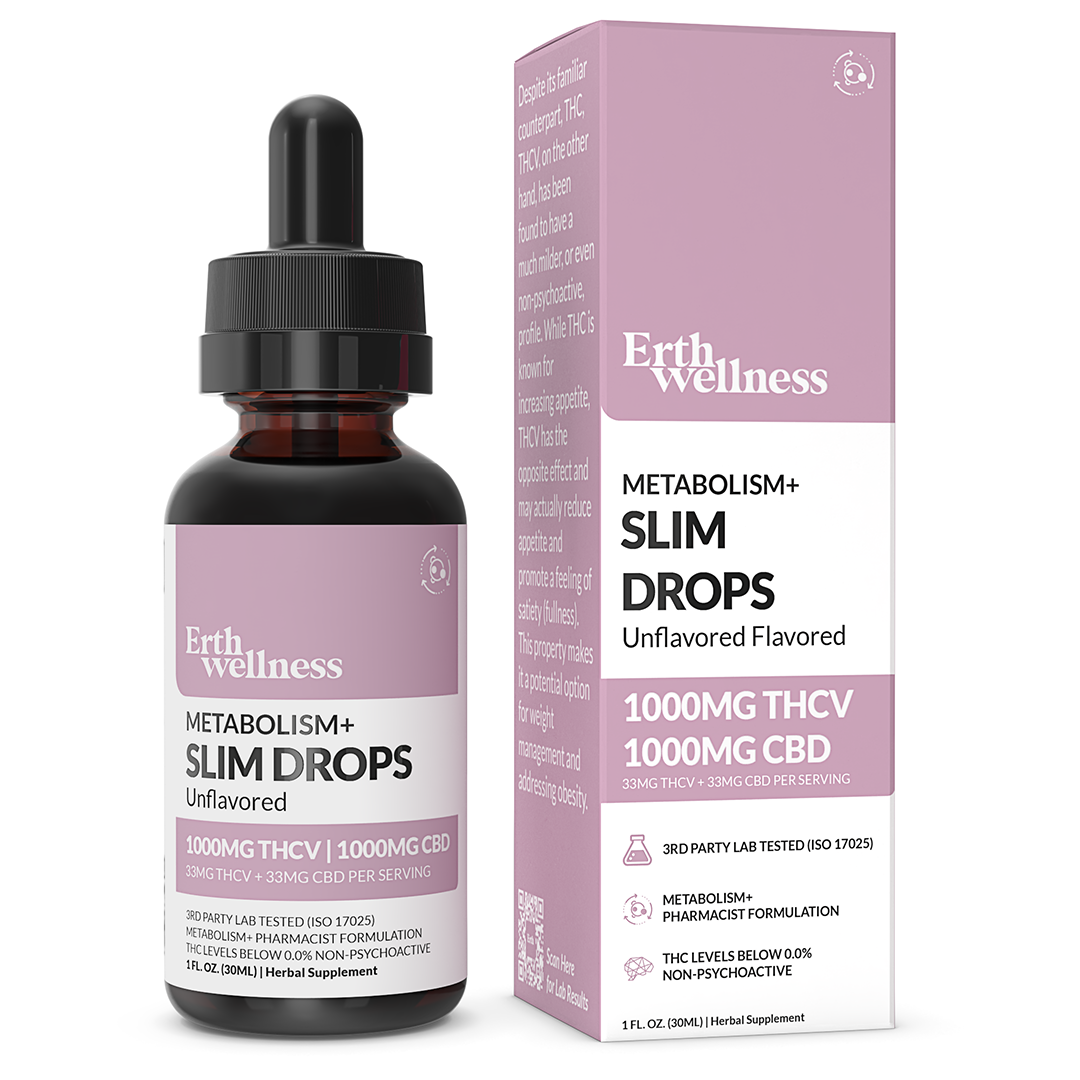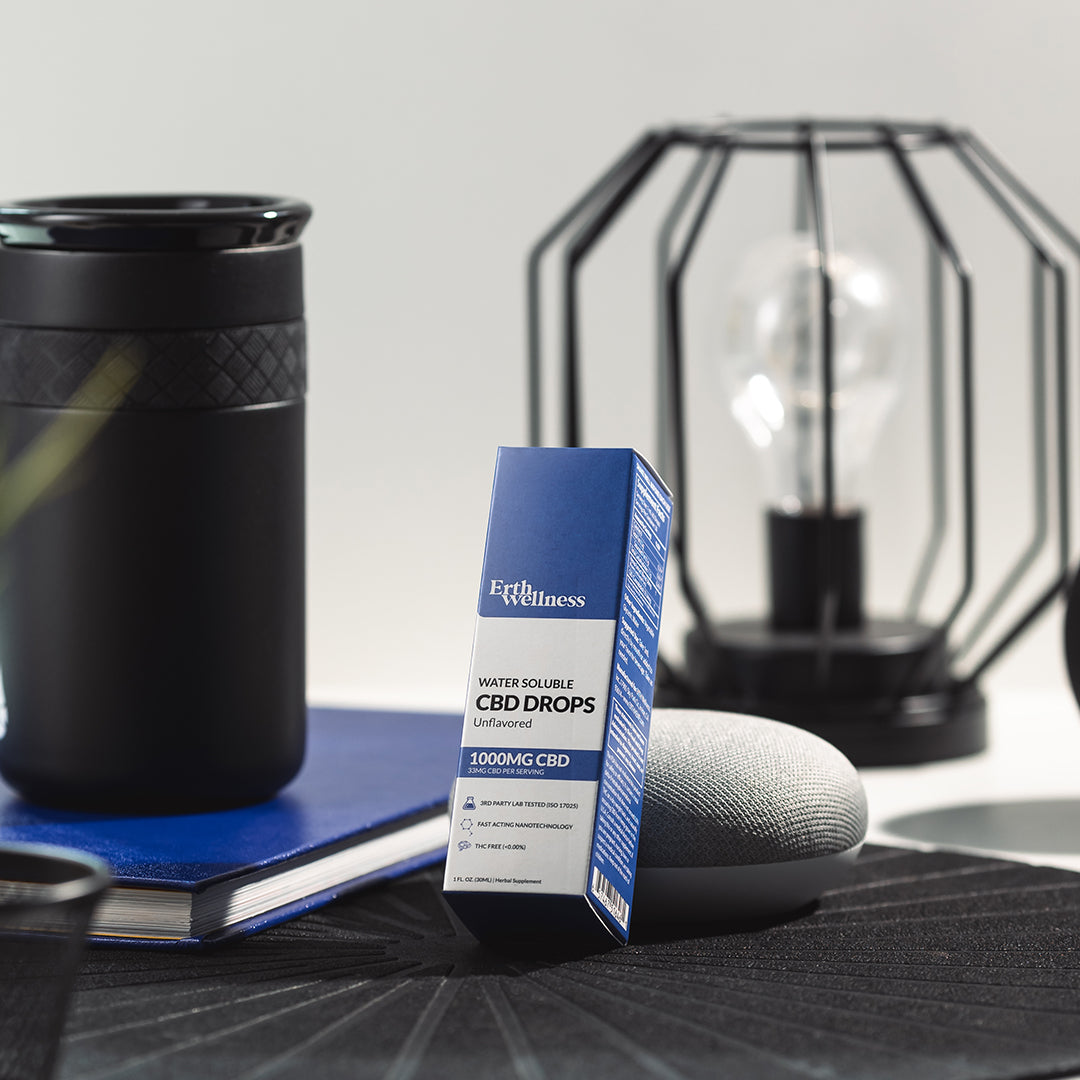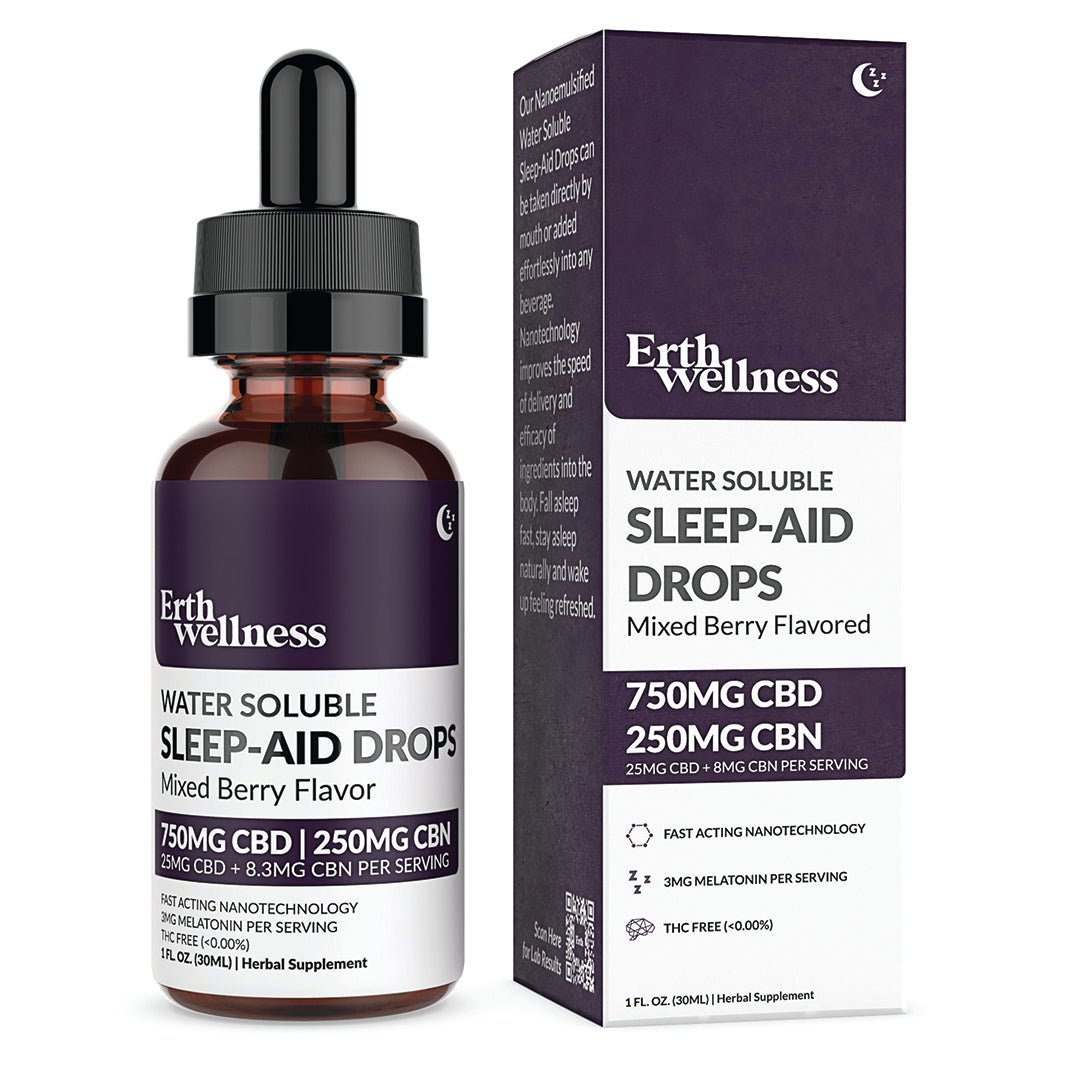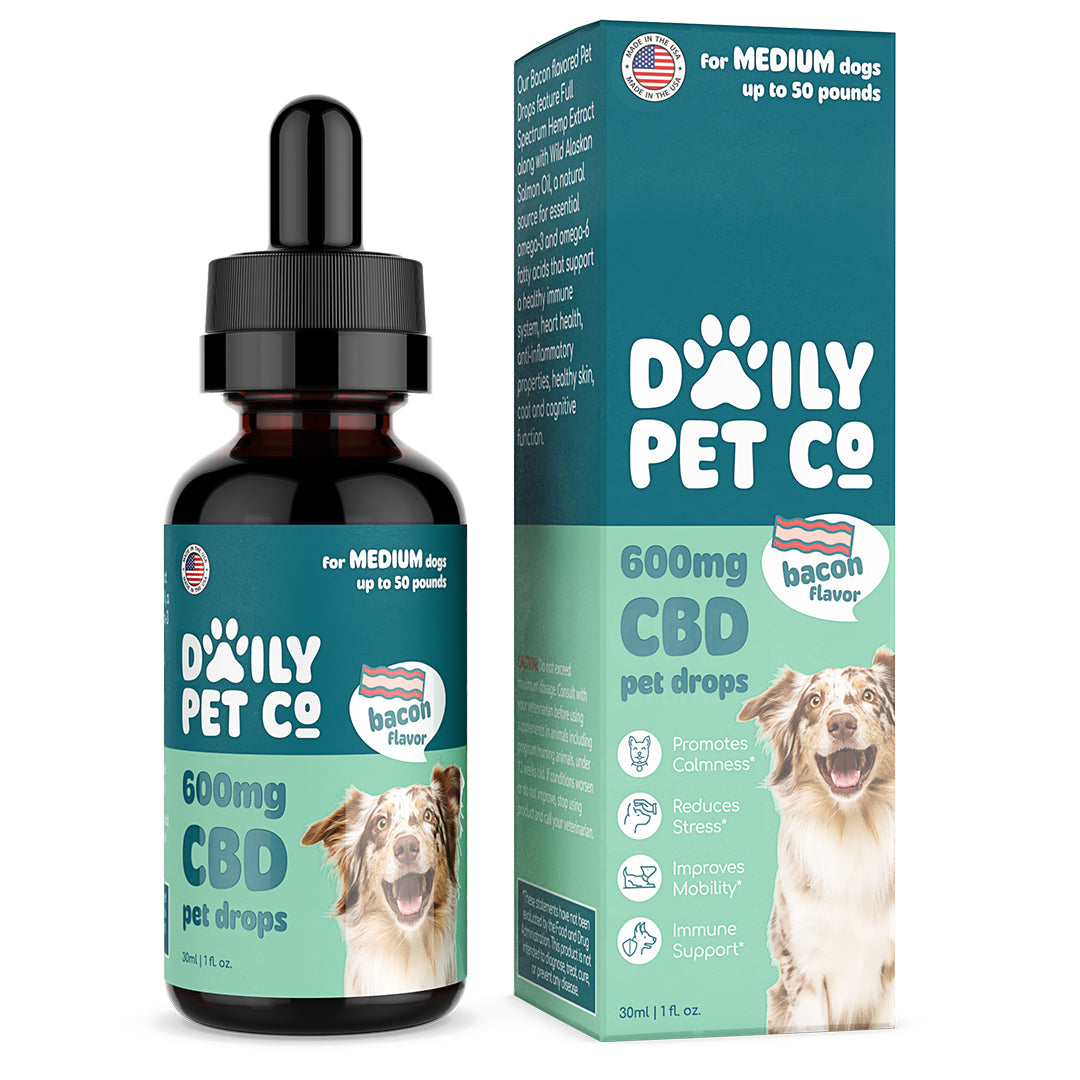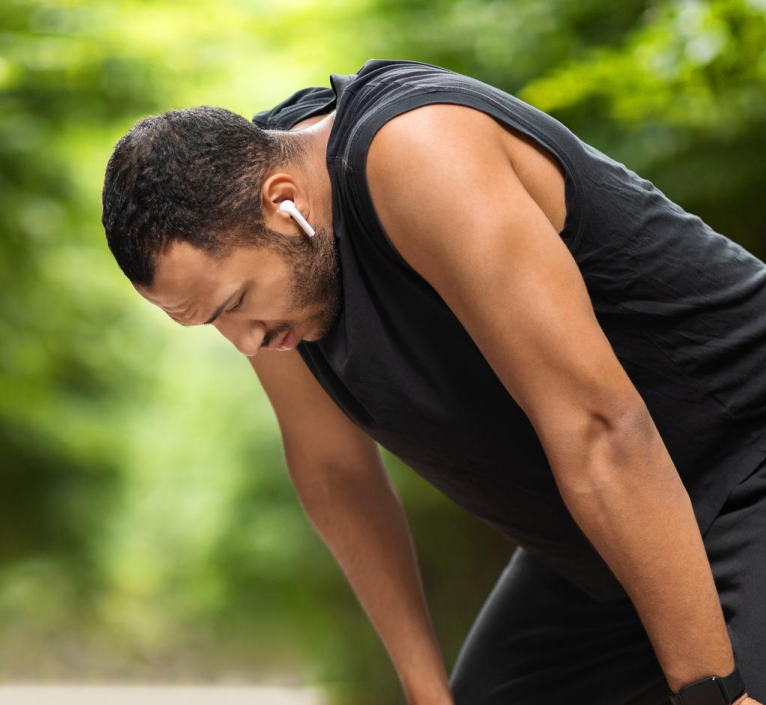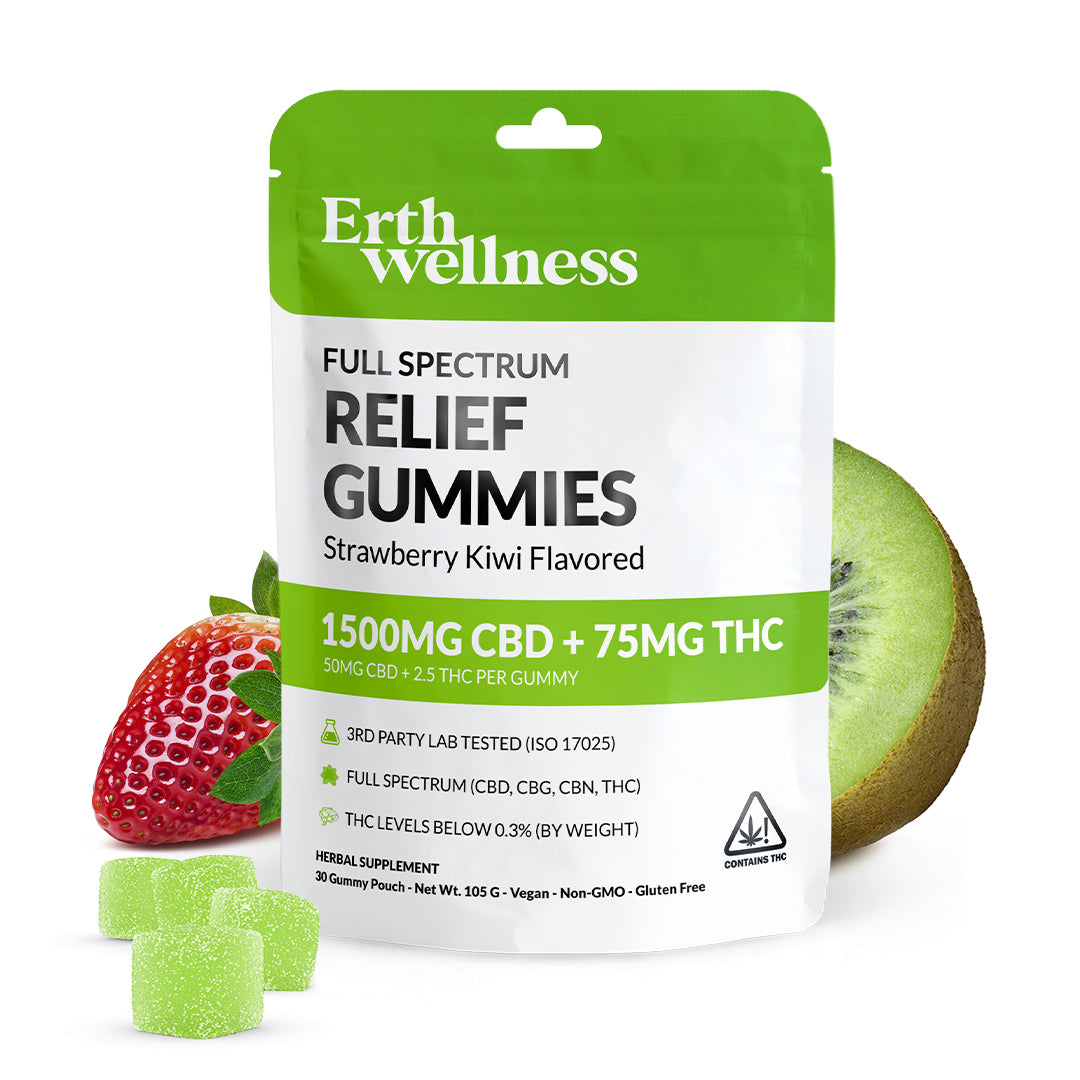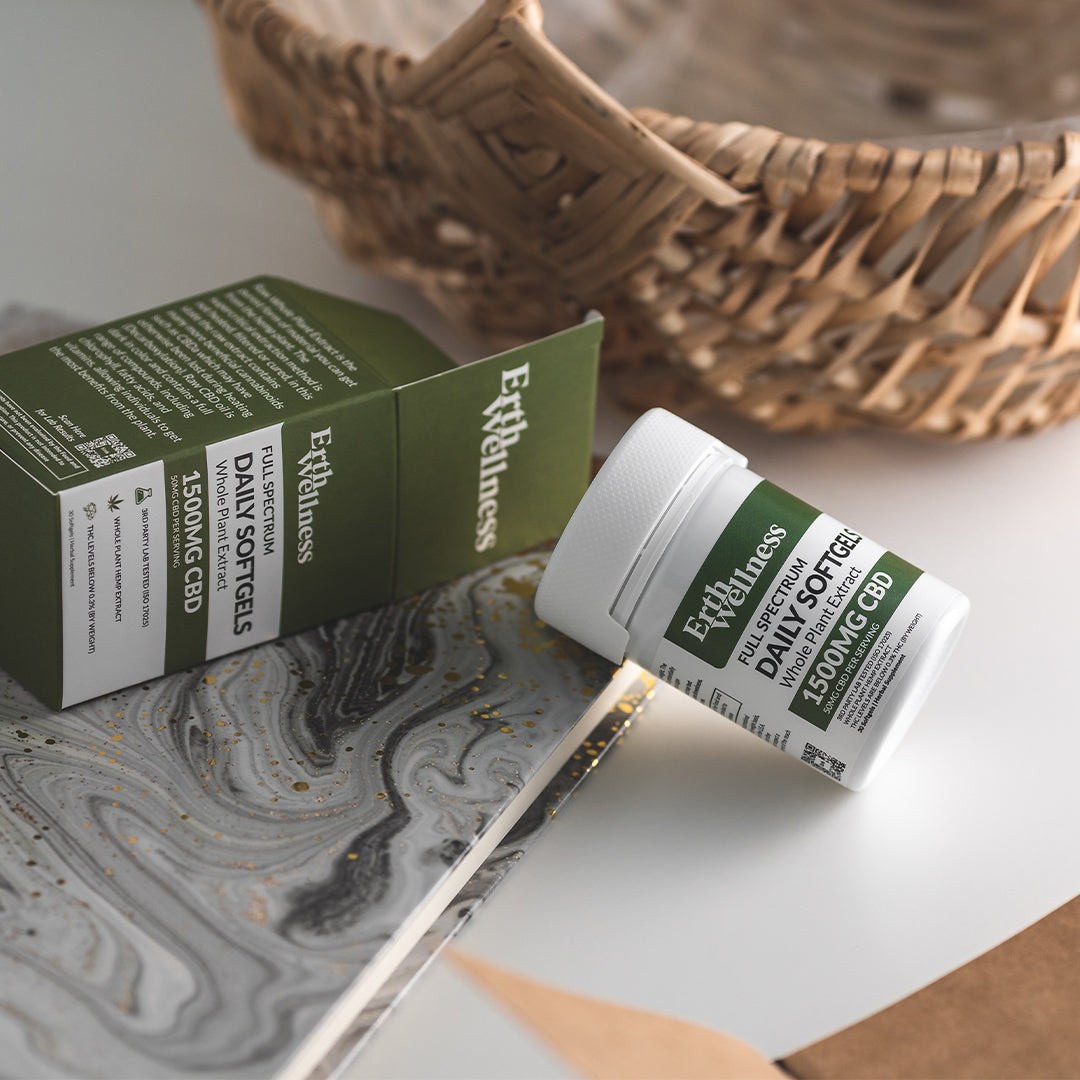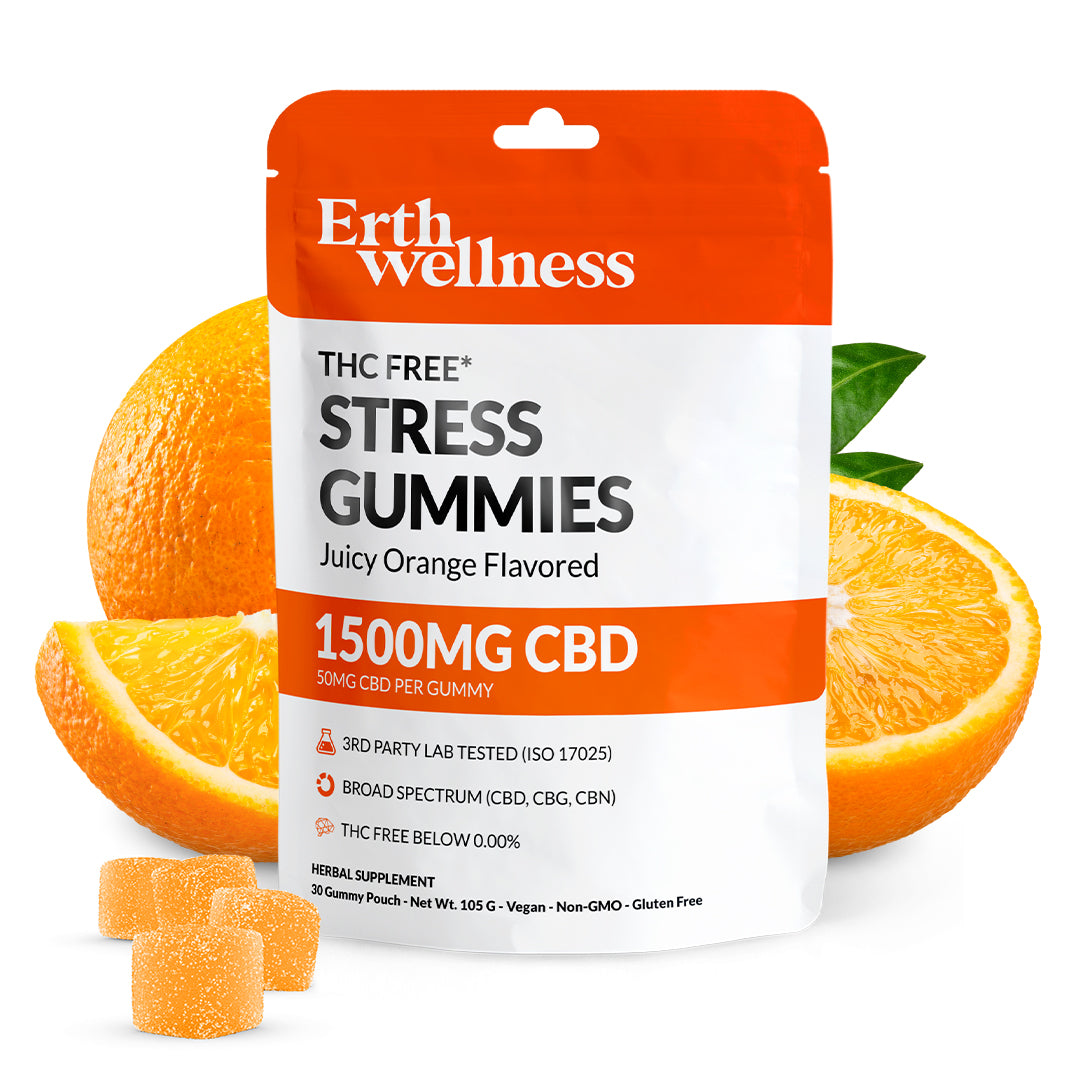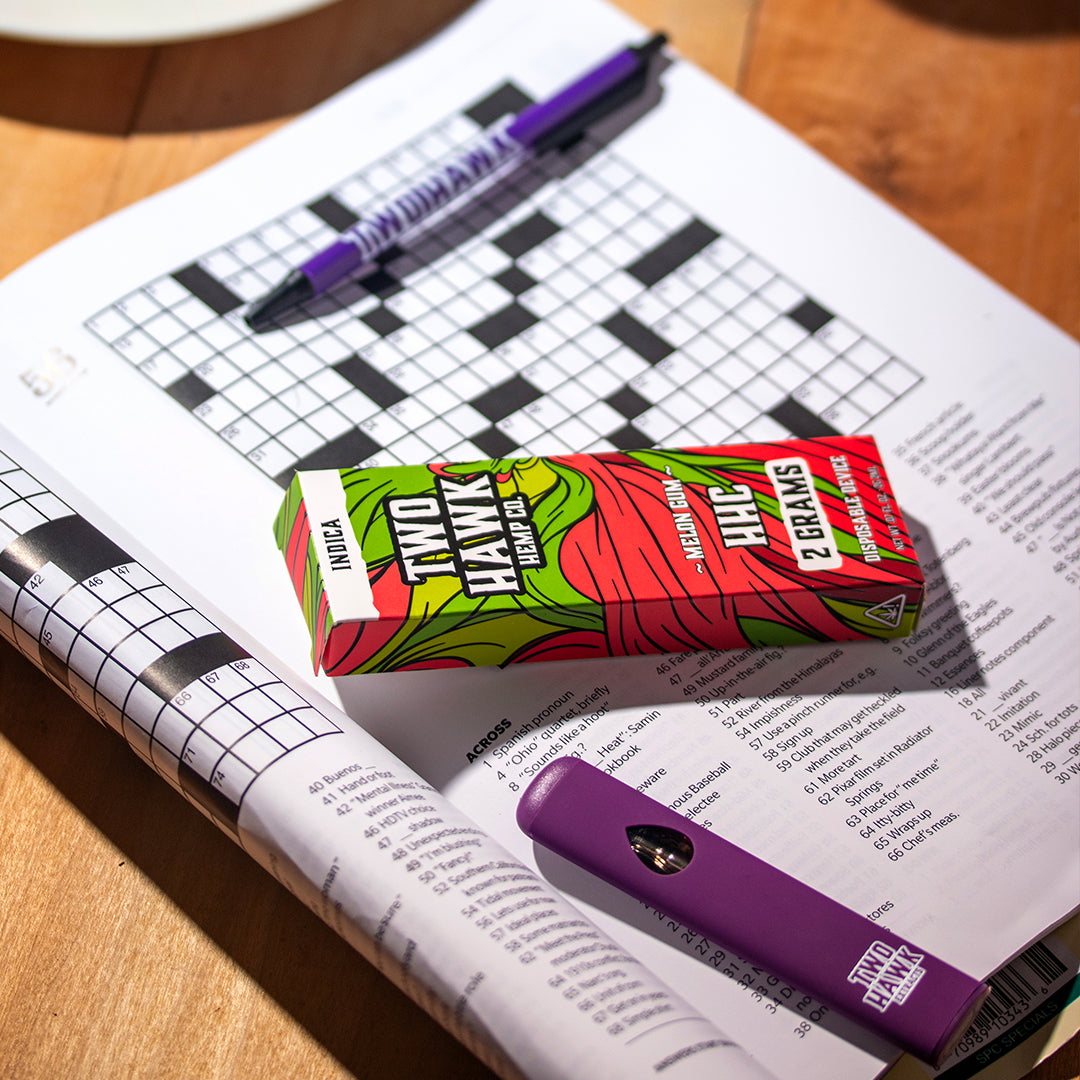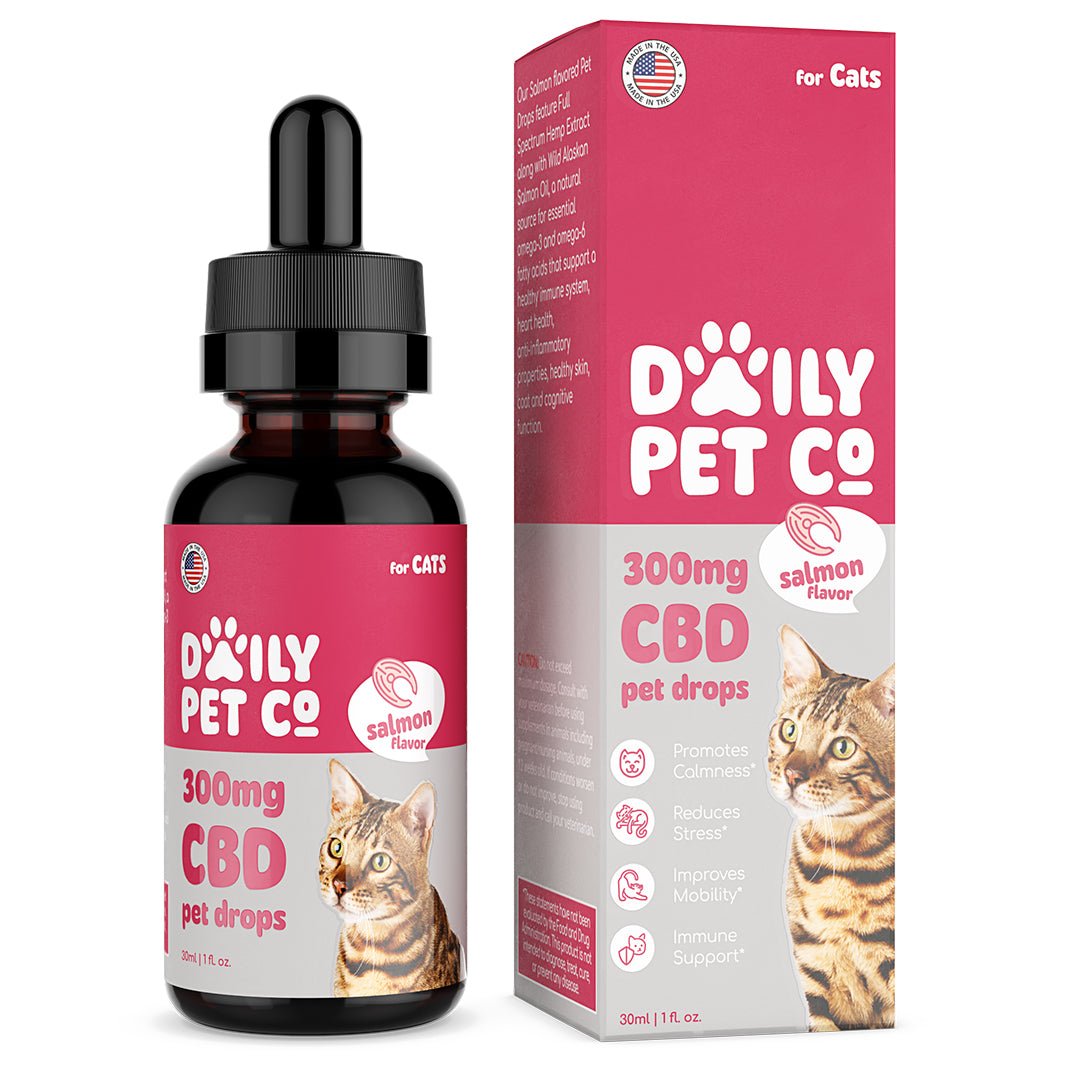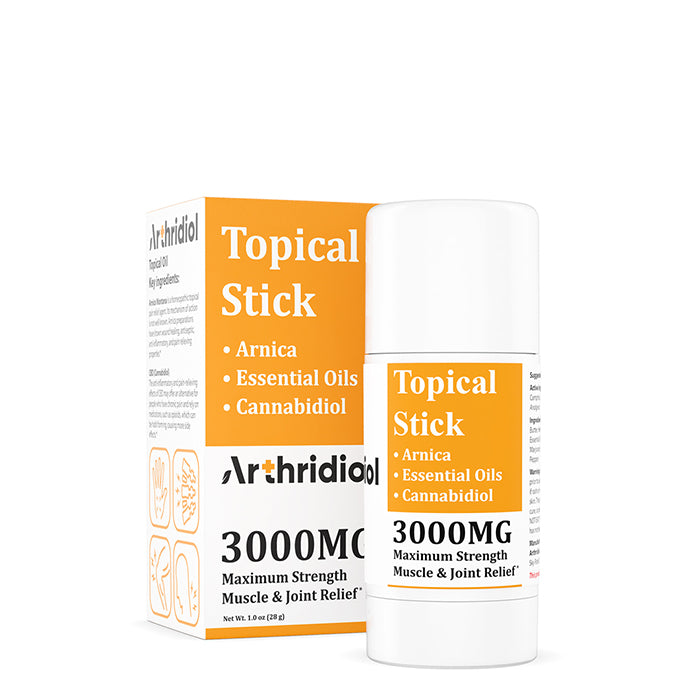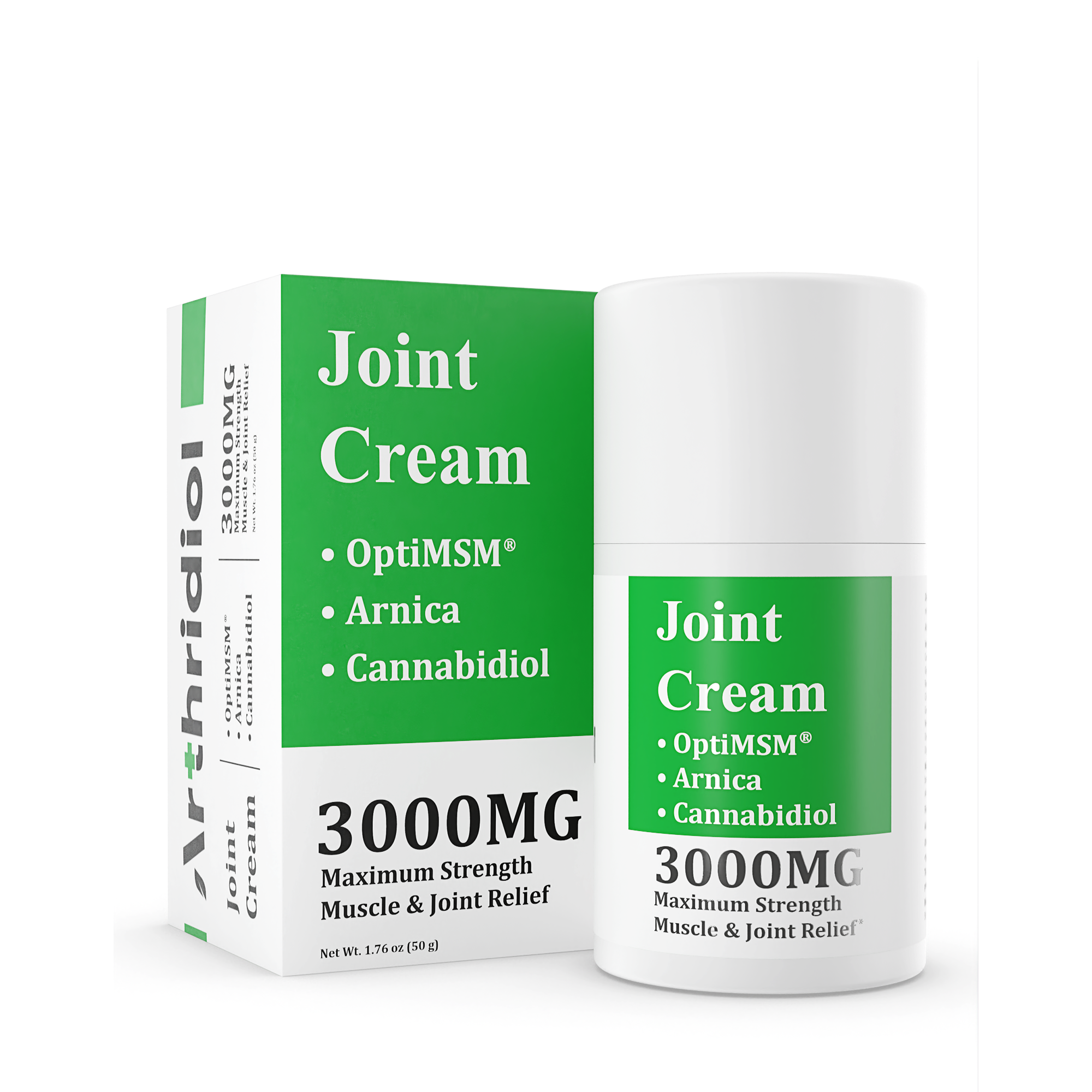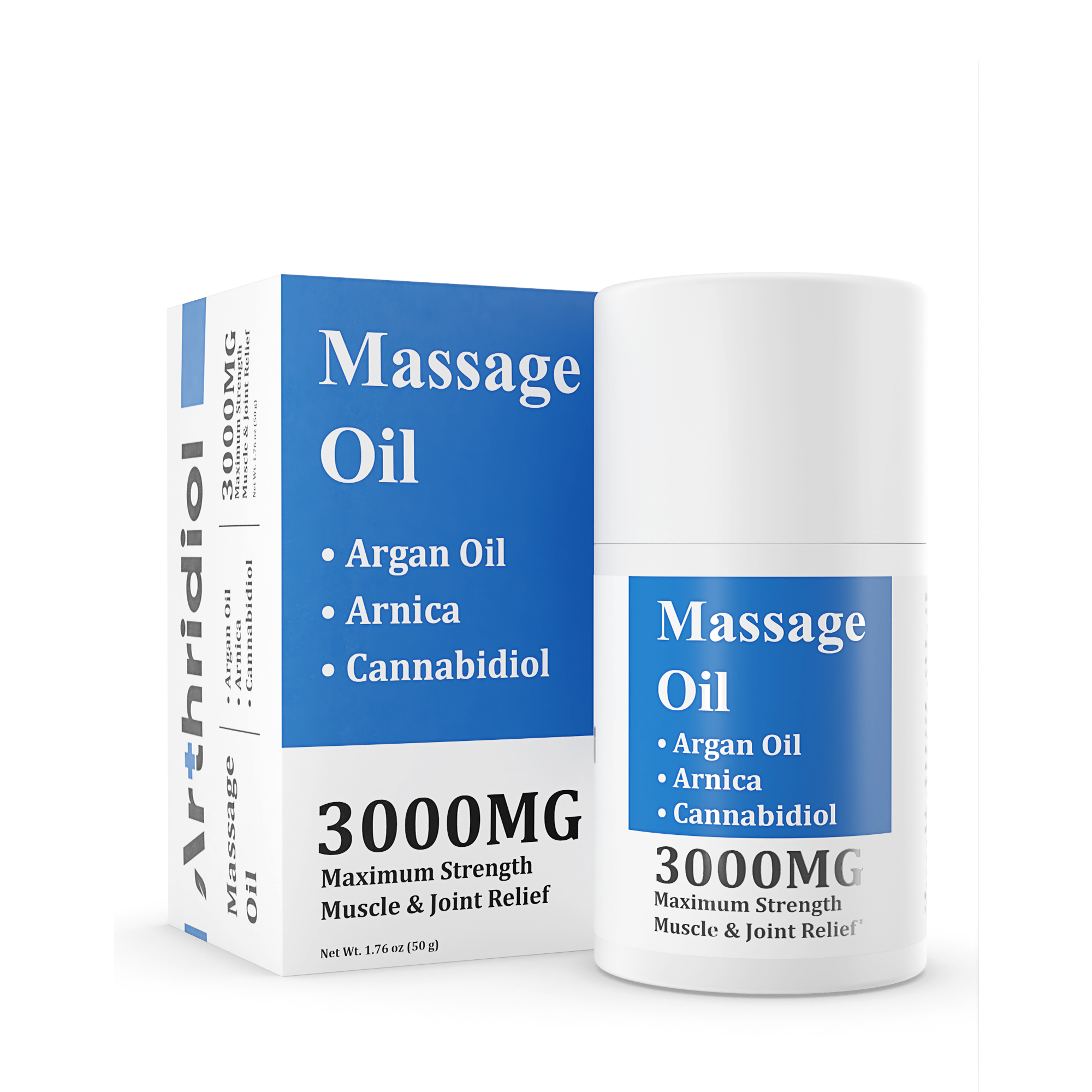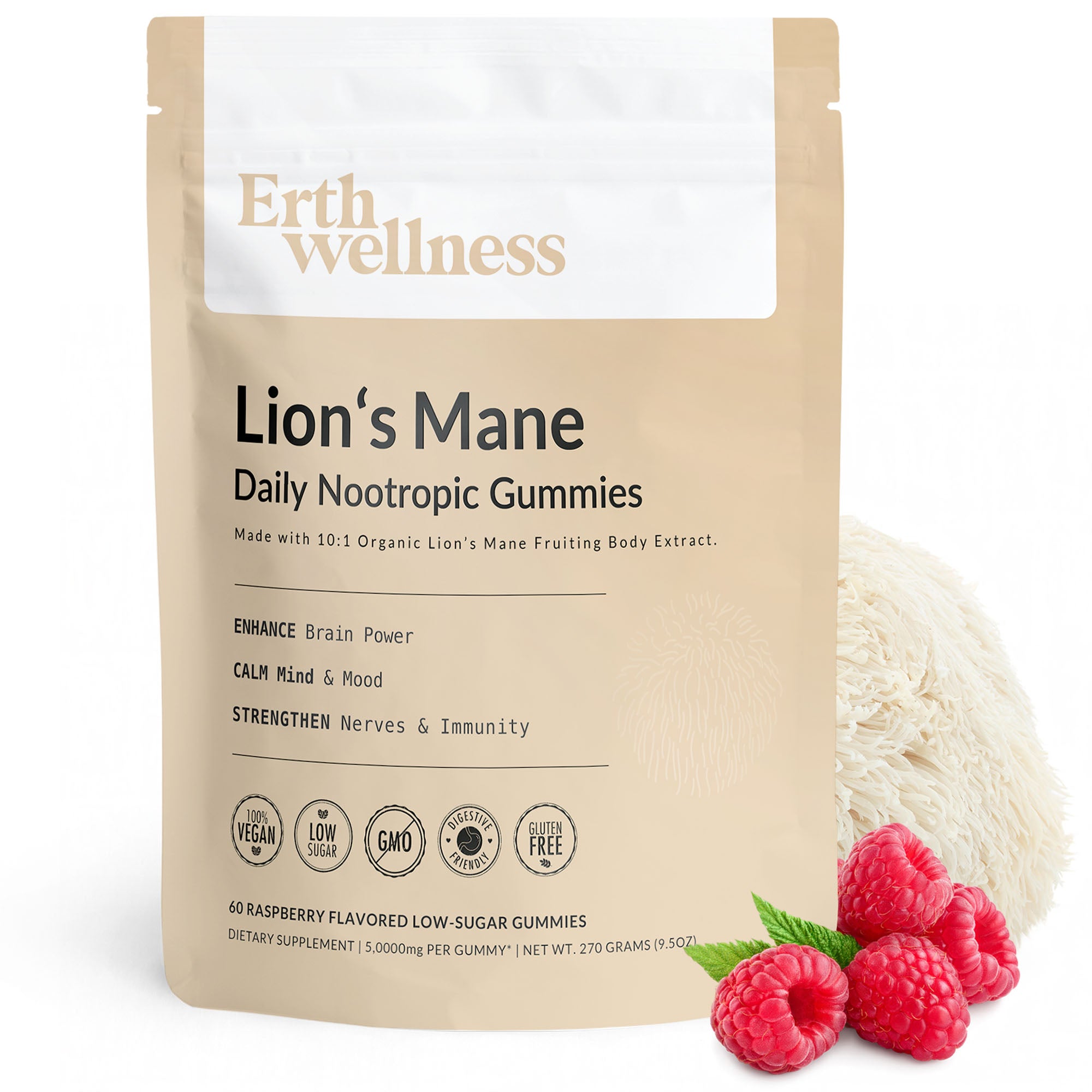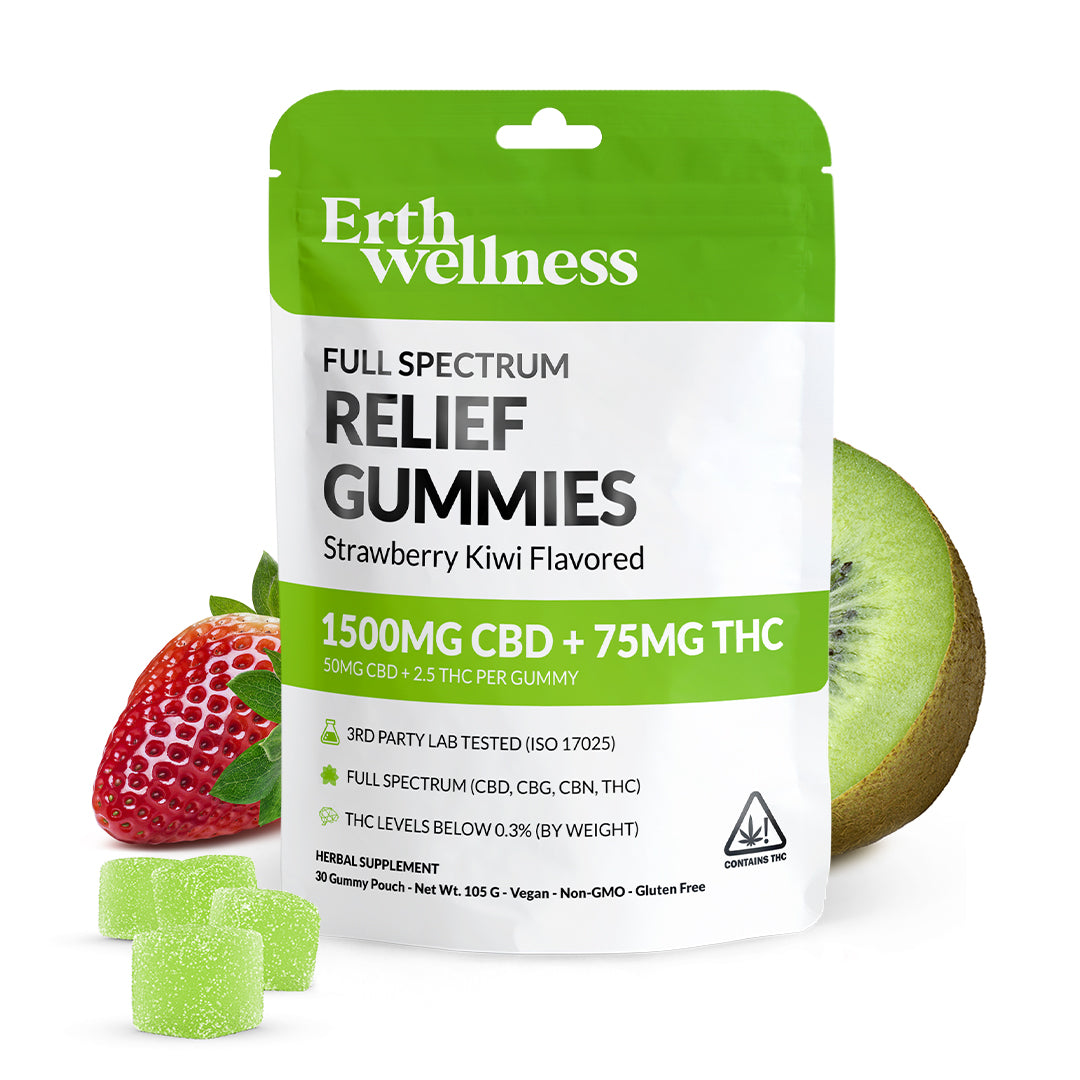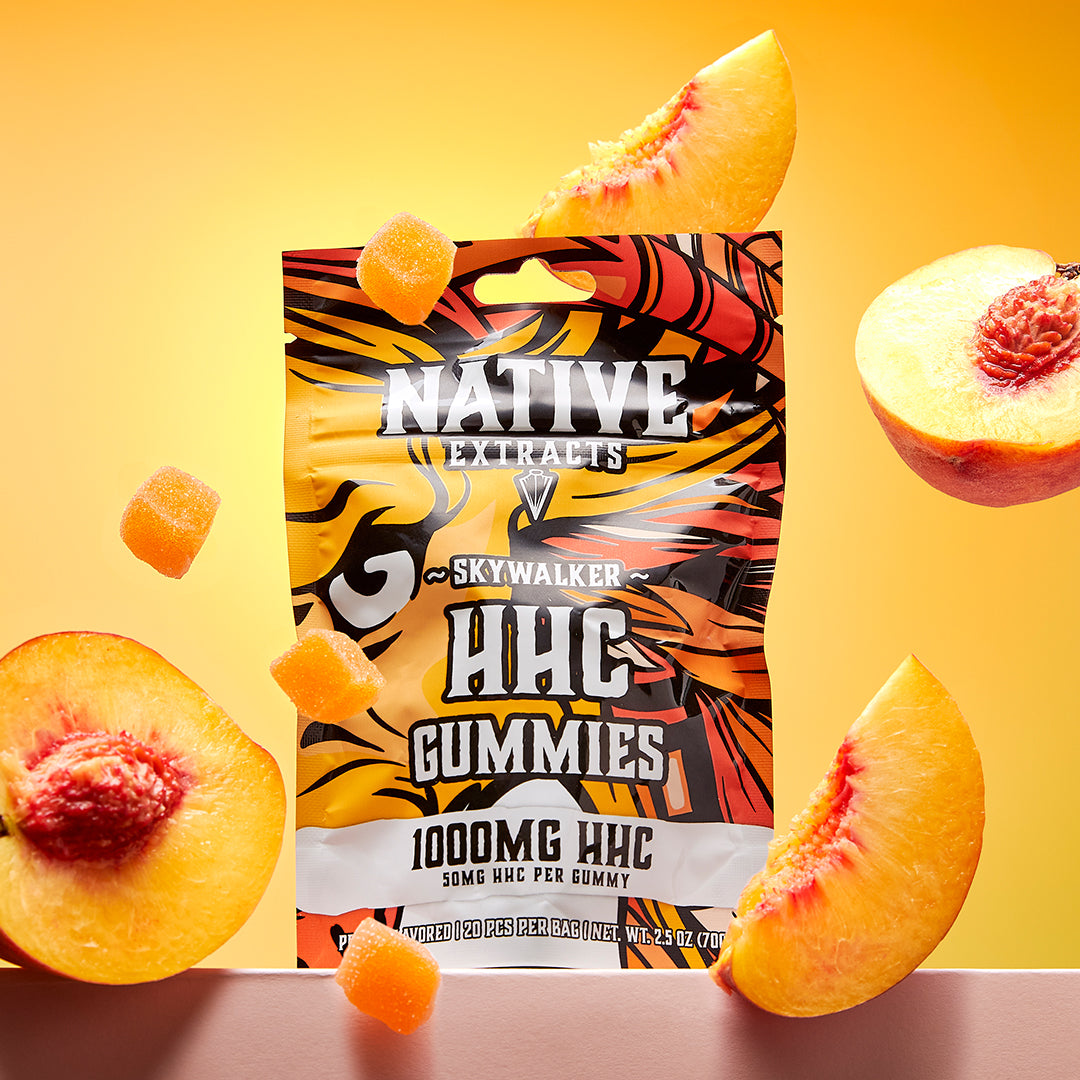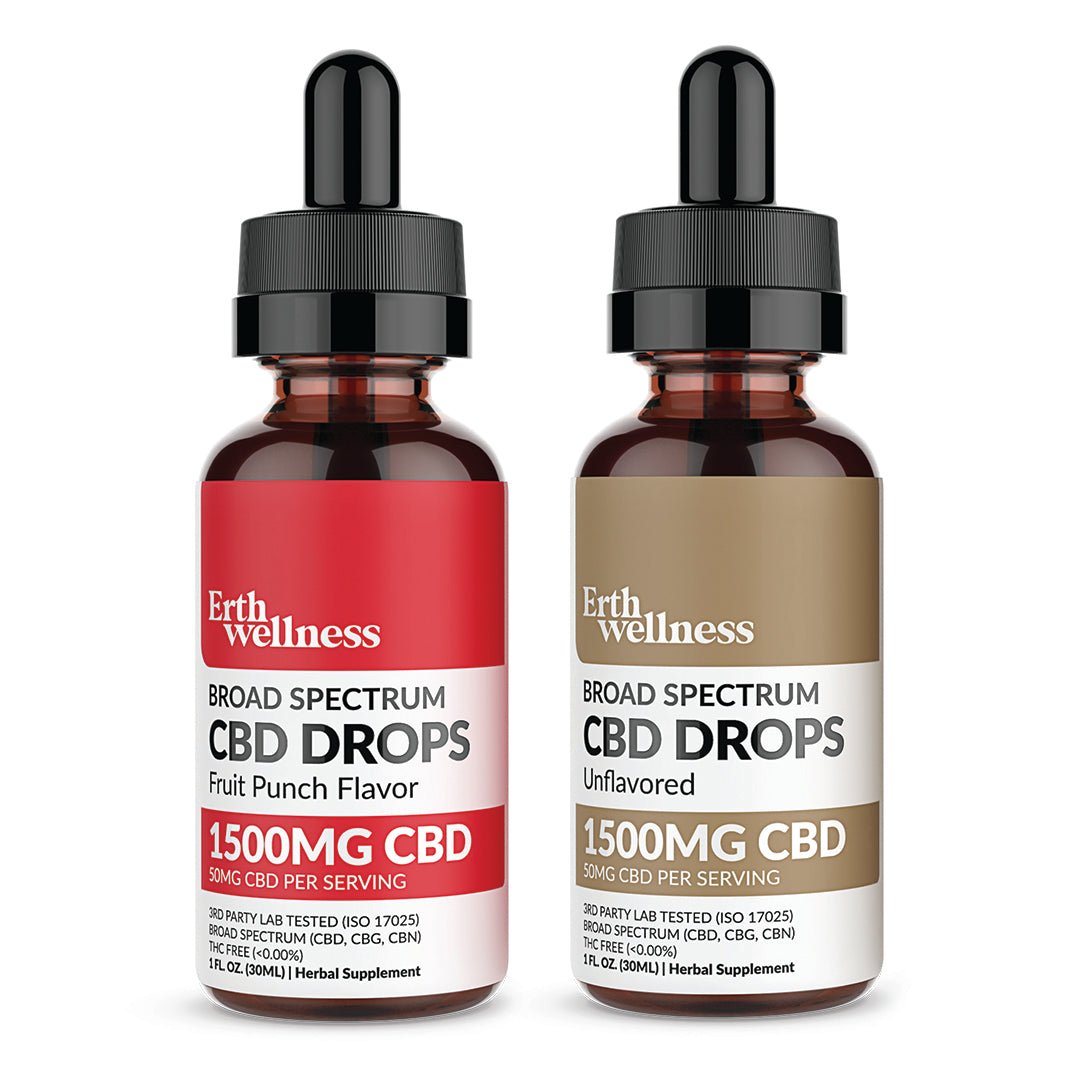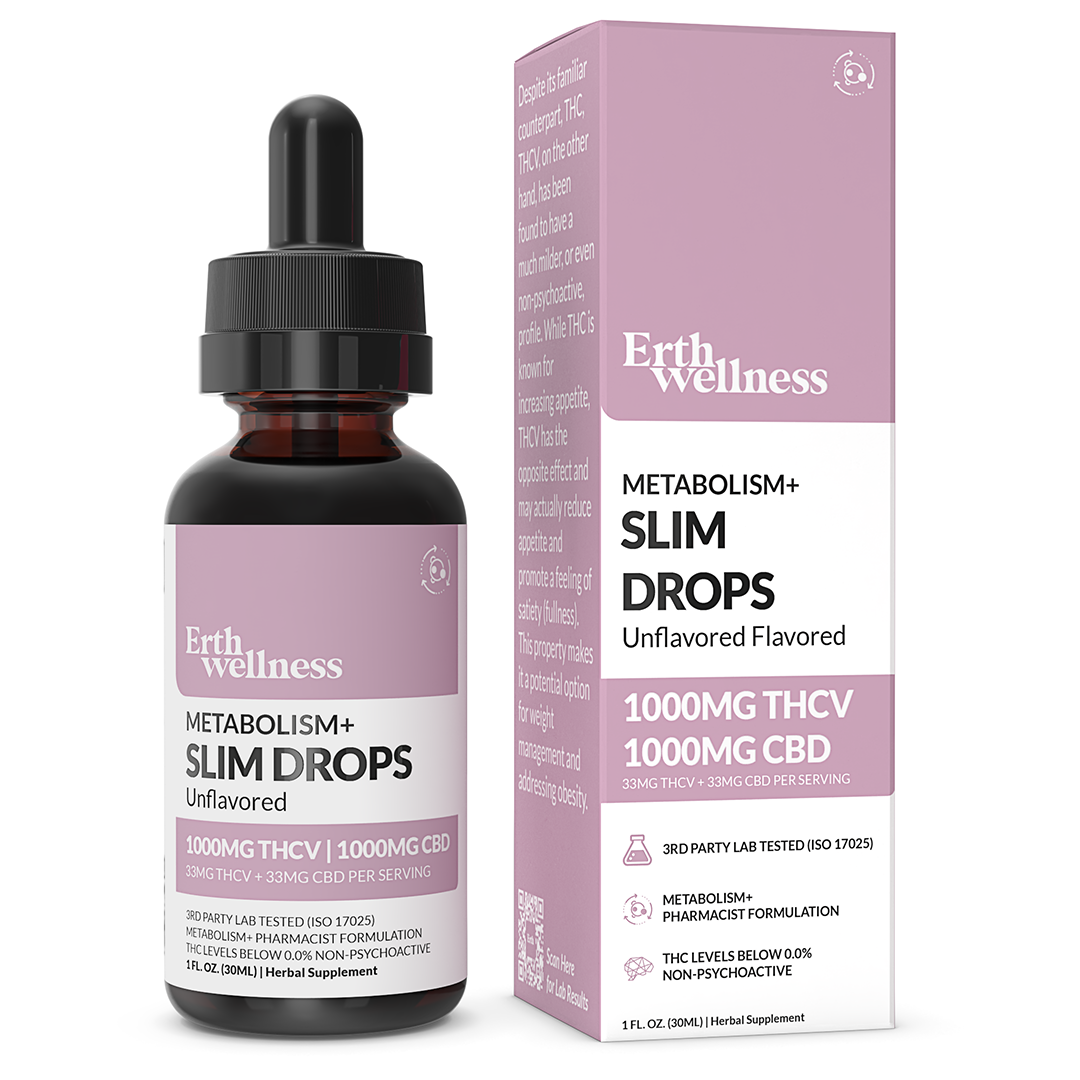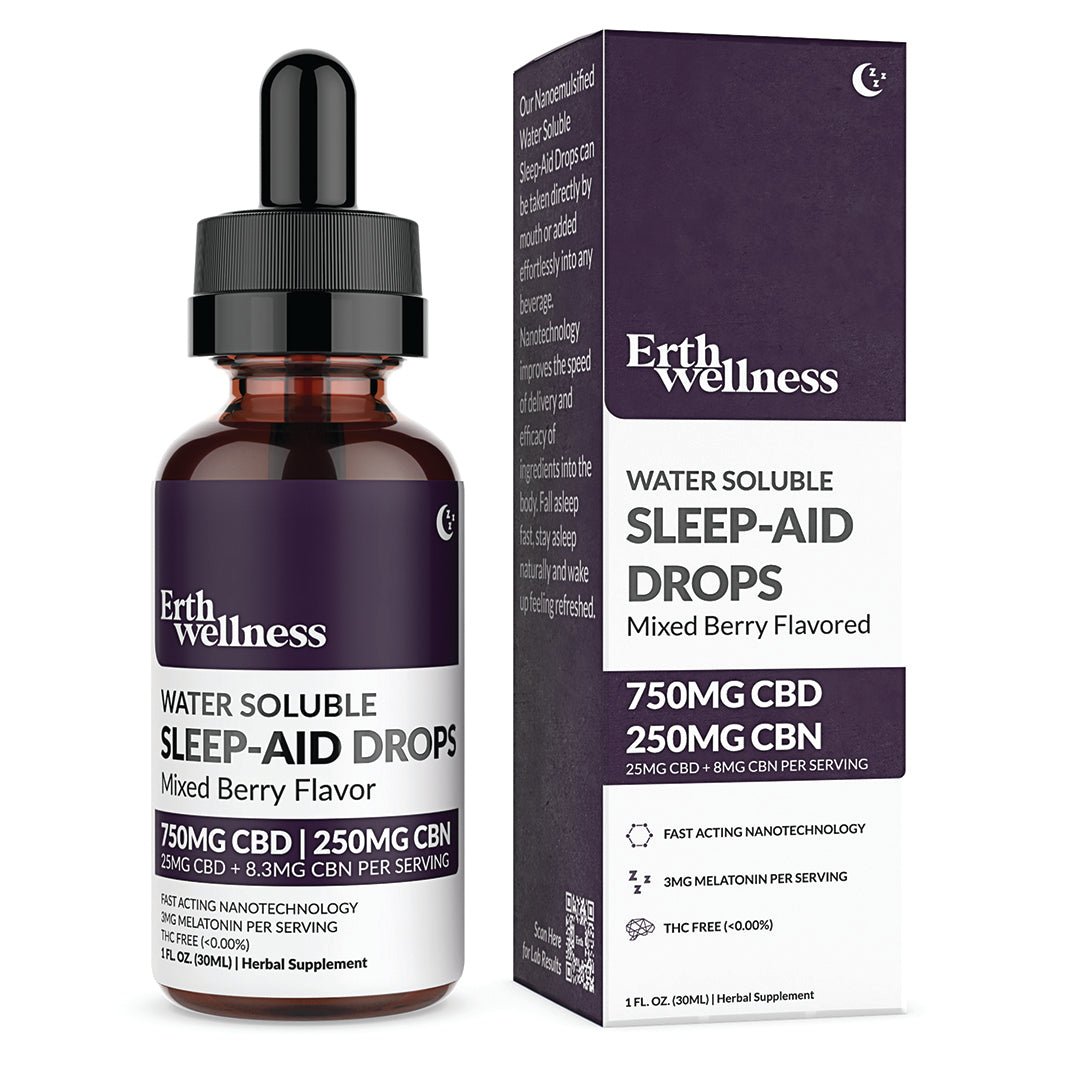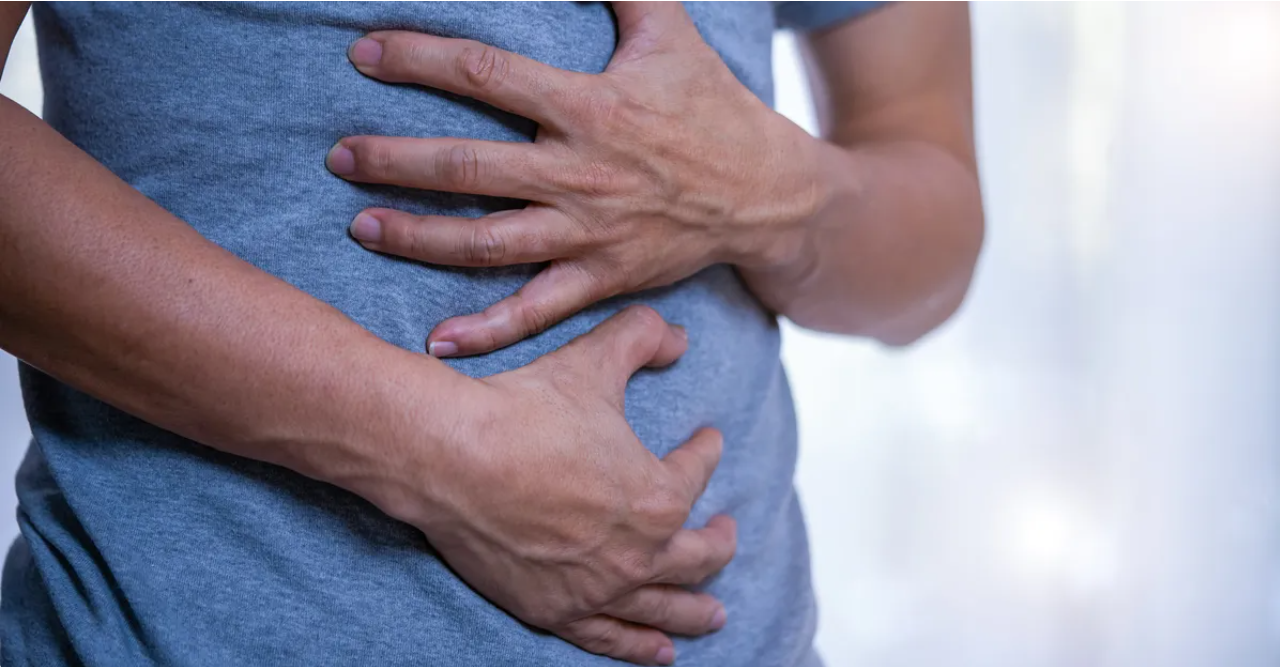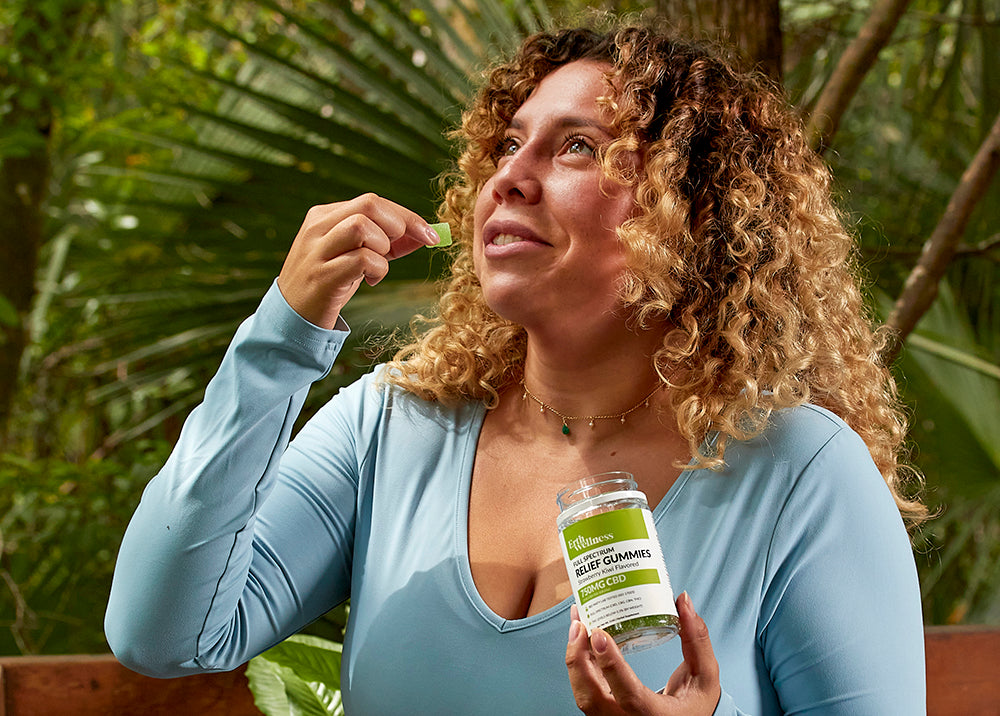As summertime approaches, you’re probably looking forward to beach activities, hiking adventures, theme parks, vacations, and so much more! Yet there’s one big risk you take with any outdoor activities in the hot summer sun: sunburns! The painful reddened color, the itchy flaking as it peels, and the stiffness of your skin are all earmarks of a sunburn. No matter how much you try to guard yourself with hats, sunscreen, or umbrellas, there’s always a chance your skin will get burnt to a crisp at some point. Naturally you’ll have your aloe vera on standby, but what about CBD? Can this incredible cannabinoid offer any protection or treatment for our lobster-skinned woes? That’s what this article looks to find out; join us as we explore all that CBD can do for sunburns, both before, during, and after!
What Is A Sunburn?

A sunburn occurs when your skin comes in contact with the sun’s rays for an extended period of time. To protect your skin, the body will respond with inflammation that makes the area reddened and tender. The longer your skin comes into contact with the harmful UV light from the sun rays, the more severe your sunburn will be. The likelihood of sunburns increases depending on where you live, as well as where you vacation. As Earth’s ozone layer continues to erode away, the likelihood of getting a sunburn increases. Let's take a moment to understand the different levels of burns and ultimately what a sunburn is classified as.
Peeling Back The Layers of Different Burns
Yes, yes, we all know what a burn is…rather, we all know how a burn feels like. You touch something hot unsuspectingly and wow! Won’t be doing that again! Whenever your skin comes into something scorchingly hot, our immediate reaction is to yank away the area (usually a hand) and run the area under cold water. Burns are classified into three categories: first-, second-, and third-degree burns.
First degree burns are the least severe. They only damage the outer layer of skin and will typically go away after several days. The area may appear red and somewhat painful, but will not have any blistering or broken skin. Some examples of first-degree burns would be those from brief contact with hot stoves, ovens, curling irons, etc. Most sunburns fall into this category.

Second degree burns occur when the layer under your skin is damaged; you’ll most likely get pus-filled blisters that can be painful if touched. Some examples of second-degree burns would be if you spilled hot coffee on yourself, came in contact with hot wax, or scald yourself with steam from boiling water. These types of burns tend to heal on their own, but there is still a risk of scarring and further damage if not cared for immediately. More severe sunburns can be classified as these types of burns.
Third degree burns are the most severe; this happens when the skin is destroyed and nerve endings are permanently damaged. You’ll likely need skin grafts to fully heal from these, and you’ll most likely be left with scarring. Some examples of third-degree burns would be from flames from an out-of-control fire, chemical burns, or explosions. You can also get third-degree burns from prolonged exposure to scalding liquids like wax or water. No matter how painful your sunburn is, it won’t ever be classified as a third-degree burn (unless you’ve been trapped at sea for days or stranded on a desert island with no shade).
Different CBD Products For Sunburns
A sunburn is your body’s natural inflammatory response; your immune system detects trauma (sun exposure) and reacts by informing the body of distress: discomfort in the burned area (letting you know to leave it alone) and heat/redness (additional blood sent to the area). CBD may help to calm your immune system’s inflammatory response. It does this by binding with your CB1 receptors; this bond acts as an anti-inflammatory to help soothe any physical anguish you may feel.
You have several options when it comes to CBD consumption; hemp-derived cannabidiol comes in a variety of product types. Yet certain products have better bioavailability than others. For example, ingested CBD (edibles like gummies and softgels) has a lower absorption rate due to passing through the digestive system before reaching the bloodstream. Inhalables (pre-rolls, vape carts, flower, etc.) act much faster due to being absorbed by the lungs and reaching the bloodstream quicker, yet some consumers are wary of inhaling any form of smoke or vapor. Sublinguals like tincture and oil offer a middle ground since the mucus membrane beneath the tongue bypasses the digestive system but can still take a long time for the CBD to reach the bloodstream. Topicals won’t ever reach your bloodstream, but due to your skin having endocannabinoid receptors, they can offer surface relief if you need something on a targeted area. There’s no “good” or “bad” product to use; it all comes down to what you feel comfortable using that allows you to be consistent.
How to Use CBD Topicals For Sunburns

Before you grab the first CBD product you see, it’s crucial that you understand what you’re using and why. Let’s go over a few things to keep in mind when using CBD for sunburns.
Ingredient List - Topicals
If you’ve got a tender sunburn, you’re probably familiar with creams and lotions that help soothe the irritated area. CBD topicals may have many of the same ingredients, but there may be additional ingredients that can irritate your skin. Try looking for products that contain both menthol and aloe vera, as the cooling sensation may offer some relief to the sunburnt area. Since the sunburnt area will be dry, you’ll want to avoid any freezing gel or artificial scents in the topical. One ingredient to avoid would be antihistamine dihydrochloride; this particular ingredient increases blood flow and can actually make your sunburn feel hotter.
Test Spots
If you’re using a new CBD topical, it’s very important that you do a test spot first. Use a small amount of the topical on the inflamed area and see if there are any adverse reactions. Once you’re comfortable with your skin’s reaction (or lack thereof), you can apply to the entire area.
Skin Condition
Before applying CBD topicals to your sunburn, make sure to properly clean and dry the area. Avoid applying topicals directly to broken skin or clearly irritated areas. If your sunburn starts to develop blisters or rashes, wait until they clear up before applying any CBD topical. You should seek medical care if your sunburn starts to crack or ooze, as this is a common sign of infection.
Frequency
You should continue to re-apply the topical as needed, up to four times a day. This allows the topical to work effectively with your damaged skin. Make sure to avoid activities where dirt and contaminants come into contact with the area, as the topical may make the area sticky.
Other Ways To Care For Your Sunburn

Sunburns are a nuisance of summer heat that we’re familiar with; the inflamed area will eventually heal and you’ll be ready for outdoor activities once again. While CBD may help reduce inflammation and tenderness in the area, there are a few other things you can do to alleviate discomfort.
- Use a cold compress or cool water to reduce blood flow to the inflamed area. This can help the sunburn feel less hot and in turn provide better faster relief.
- Avoid going into saltwater or chlorinated pools. While chlorine helps keep pools and hot tubs clean, it can also irritate your skin and cause breakouts/rashes. Try to avoid heavily air-conditioned areas as well, as the dry air can make your sunburn even more itchy.
- Any OTC topicals that contain menthol, camphor, or aloe vera can be very effective in reducing physical discomfort. If you can find CBD products that contain these ingredients, even better!
- Cortisone creams can be used for rashes and bug bites, but are also great for sunburns. If CBD topicals aren’t readily available, cortisone can help your sunburn feel less intense.
- Wear loose fitting clothing to ensure maximum airflow. Tight clothing can clog your pores and allow sweat to build up on your sunburn, causing itchy discomfort and further frustration.
- Aspirin or ibuprofen can help mimimize your physical discomfort if CBD softgels, sublinguals, or topicals aren’t readily available. Try keeping some of these on hand whenever you go on outdoor activities with a lot of sun exposure.
- Keep some moisturizer handy. Sunburns will dry out your skin, which can make you feel itchy and uncomfortable. Many CBD topicals contain moisturizing elements, so bonus points if you have some of these in your cannabidiol collection!
- Avoid picking at your sunburn or popping any blisters that form. Often referred to as “self-grooming” these blemishes are actually protecting the underlayer of your skin, so picking and popping can leave lasting scars and possibly lead to infection.
Final Thoughts
Summertime is right around the corner, bringing heat waves, beach days, and other seasonal activities. Sunscreen, umbrellas, sunglasses, and proper clothing can help minimize your risk of getting sunburns, but sometimes the call of the great outdoors is too great to ignore! If you forget your sunscreen or stay out in the sun longer than expected, you can expect a pink hue or full-blown sunburn. If you do get a sunburn, CBD might be able to reduce the inflammation as well as minimize some of the physical discomfort you experience. Try to avoid irritating it further and always check the ingredients list prior to applying. CBD won’t eradicate your sunburn completely but the cooling and moisturizing properties may help you grit and bear it just a bit easier.

Here at ERTH Wellness, we carry a delightful assortment of CBD products that can offer relief and relaxation for your sunburns (and much more!). Check out our premium selection of CBD topicals as well as our water-soluble tinctures. If you prefer to consume your CBD, our gummies and softgels are easy to incorporate into your daily routine. For inhalables, you simply must try our pre-rolls and CBD vape juice for a smooth and silky exhale. All of our products have been tested and approved by third-party independent labs to ensure purity and potency. You can view the results of these tests by clicking on the link embedded in each product description or by scanning the QR code printed on the packaging. In our next article, we’ll be tackling the topic of whether or not CBD can help you live longer. Join us for that and other in-depth article topics regarding the cannabis plant and all it has to offer. See you then!

